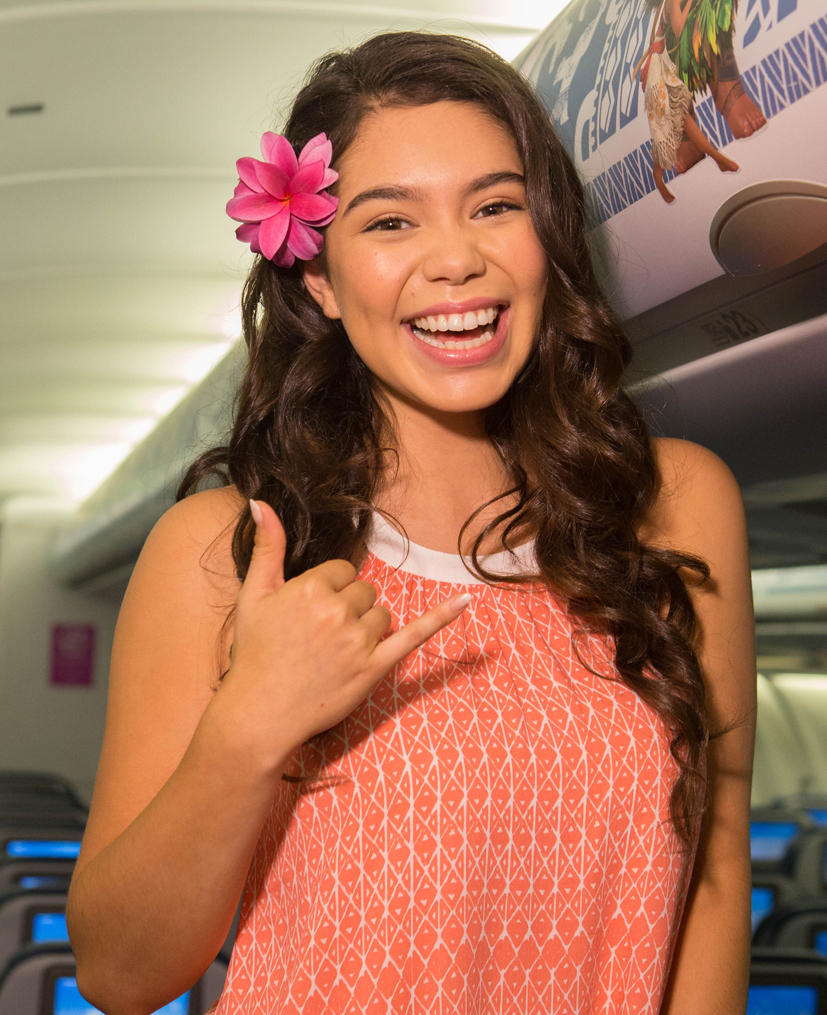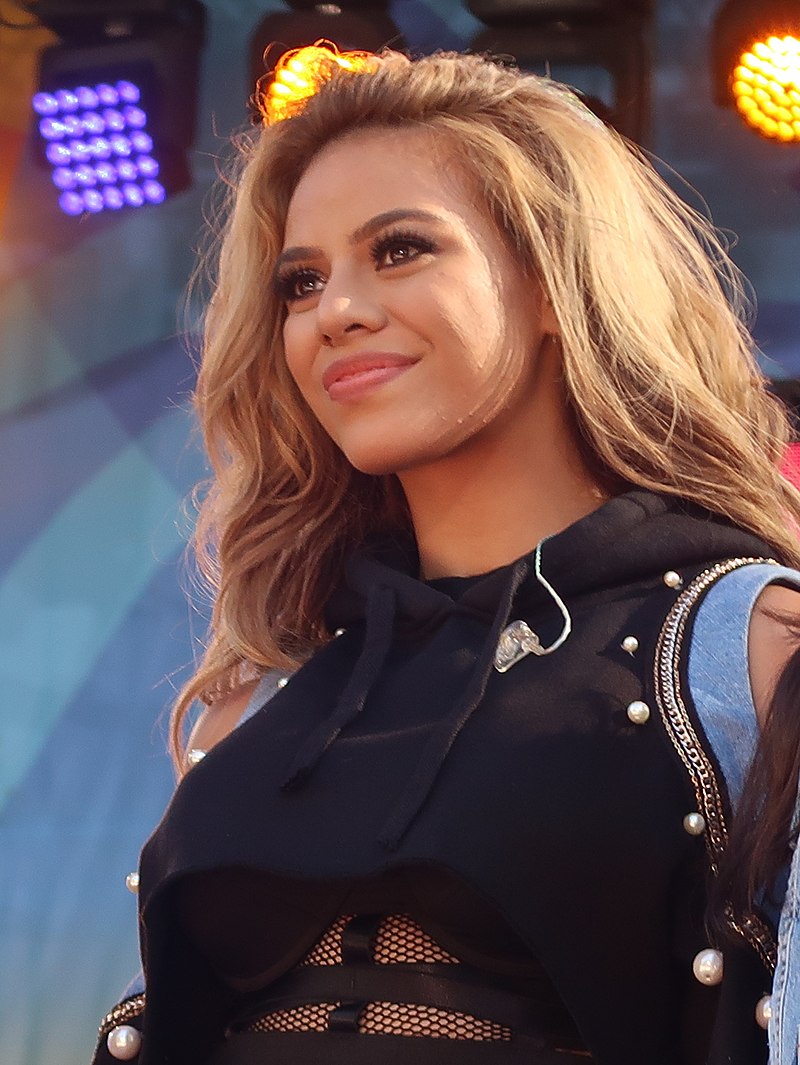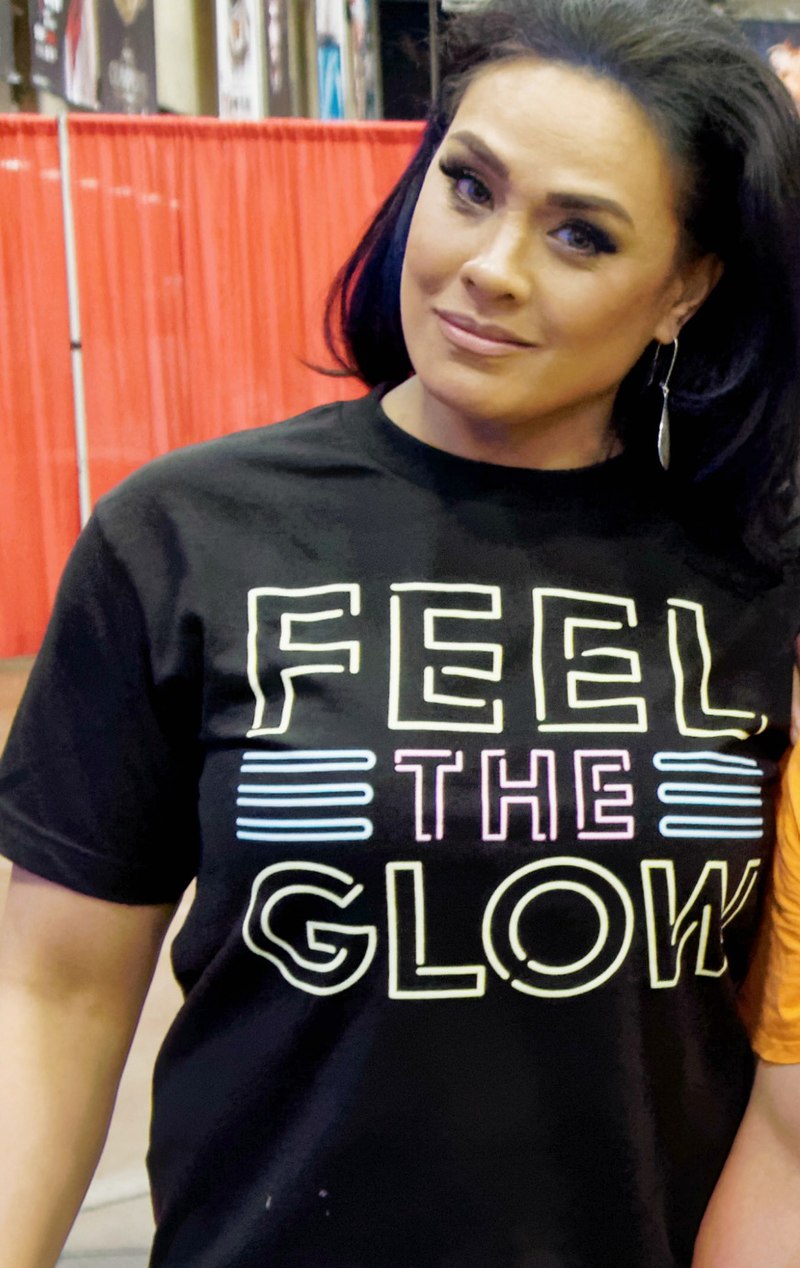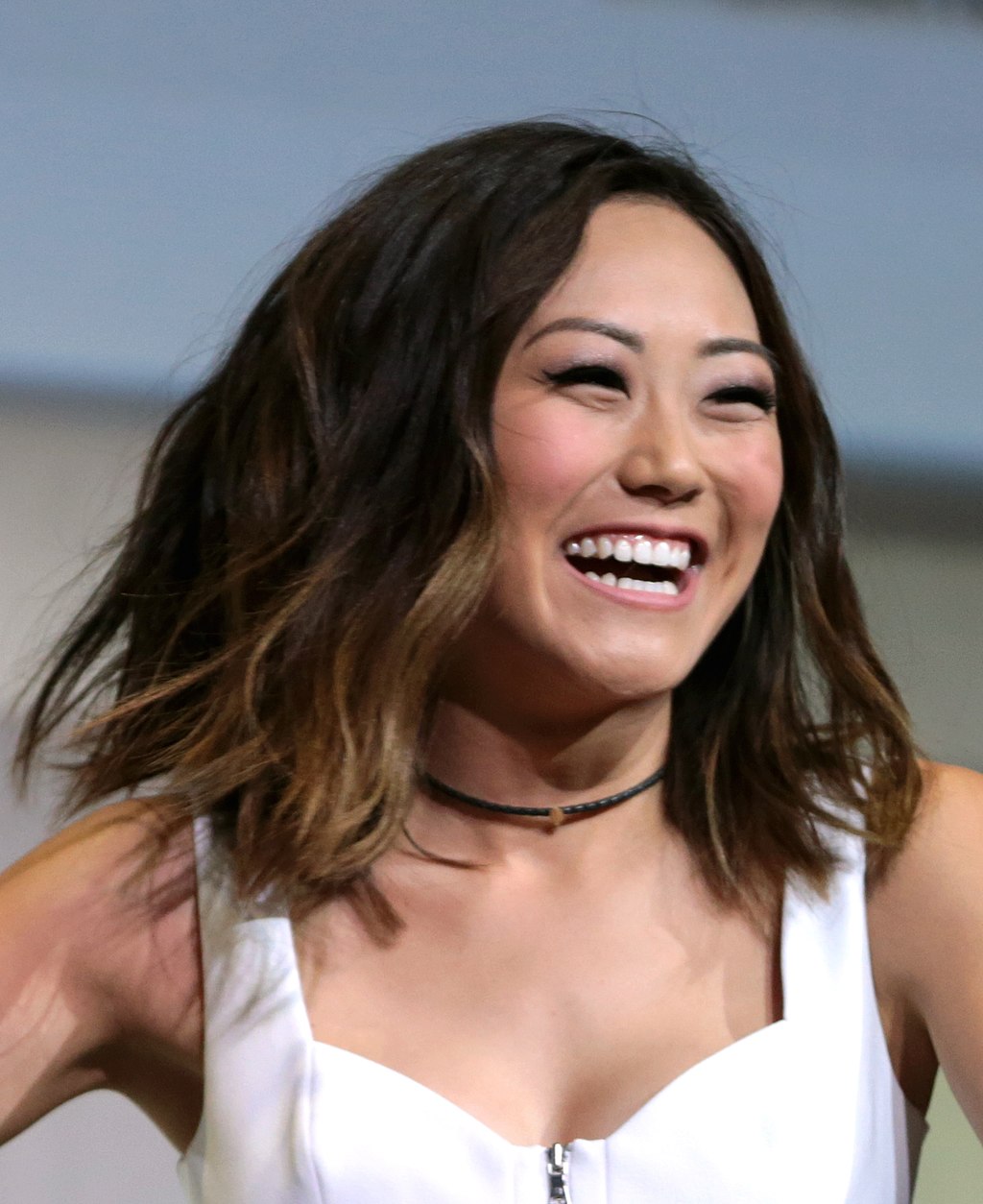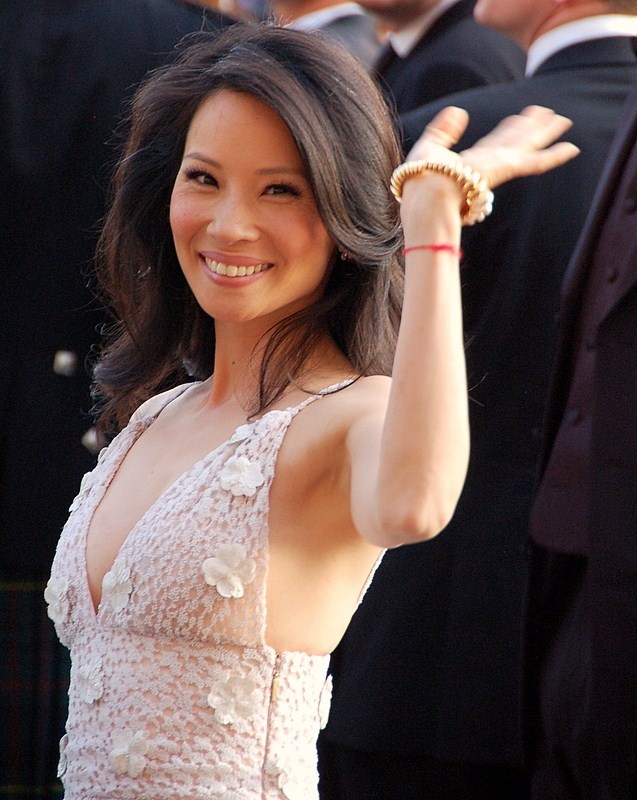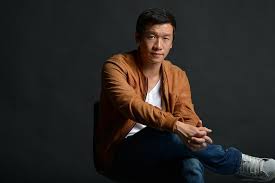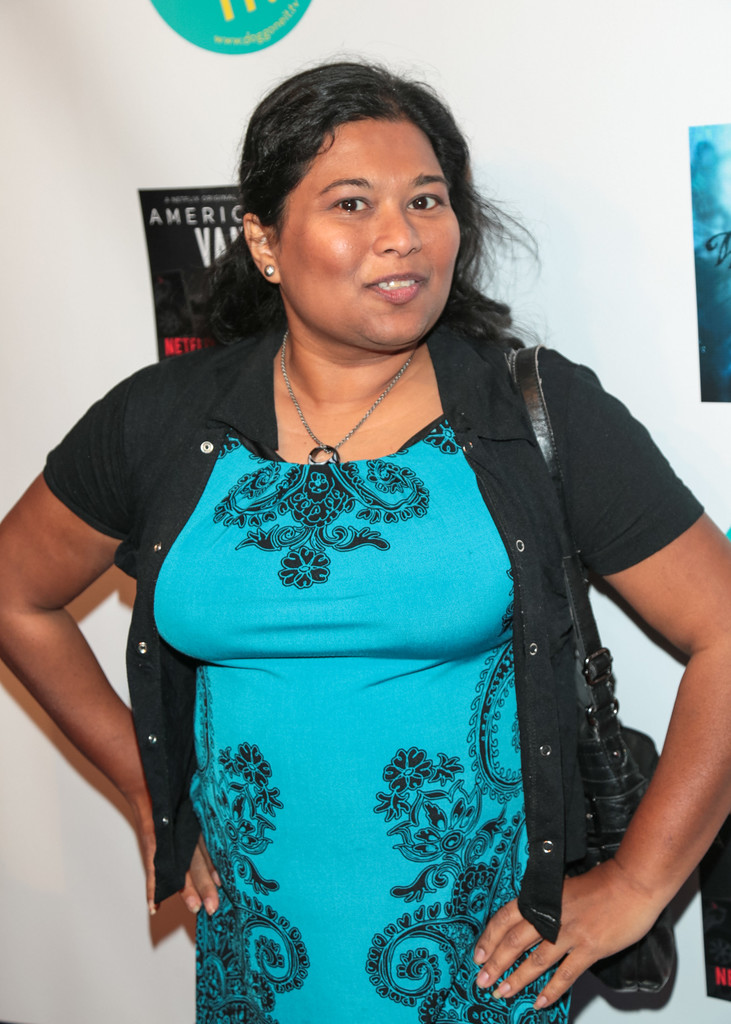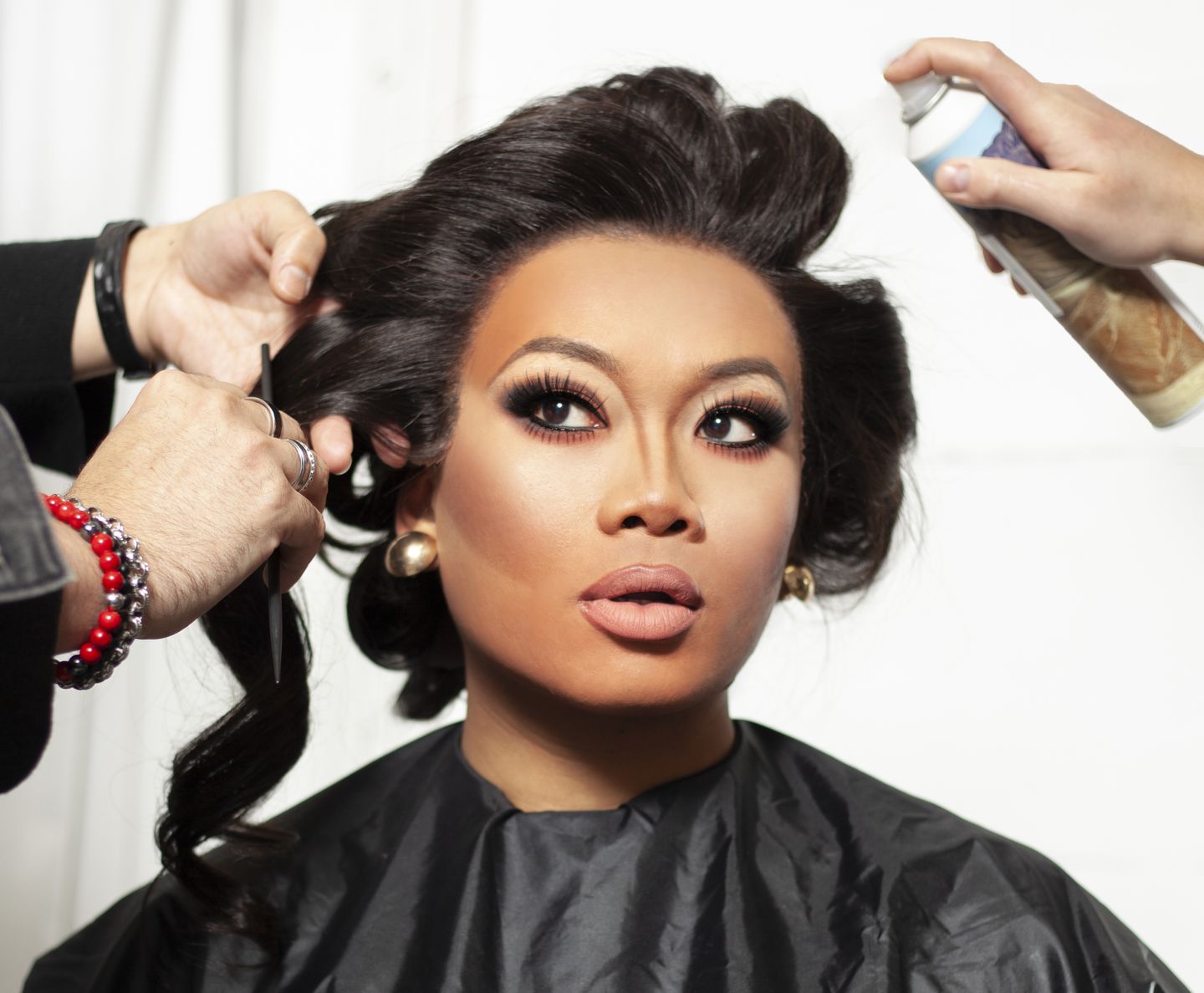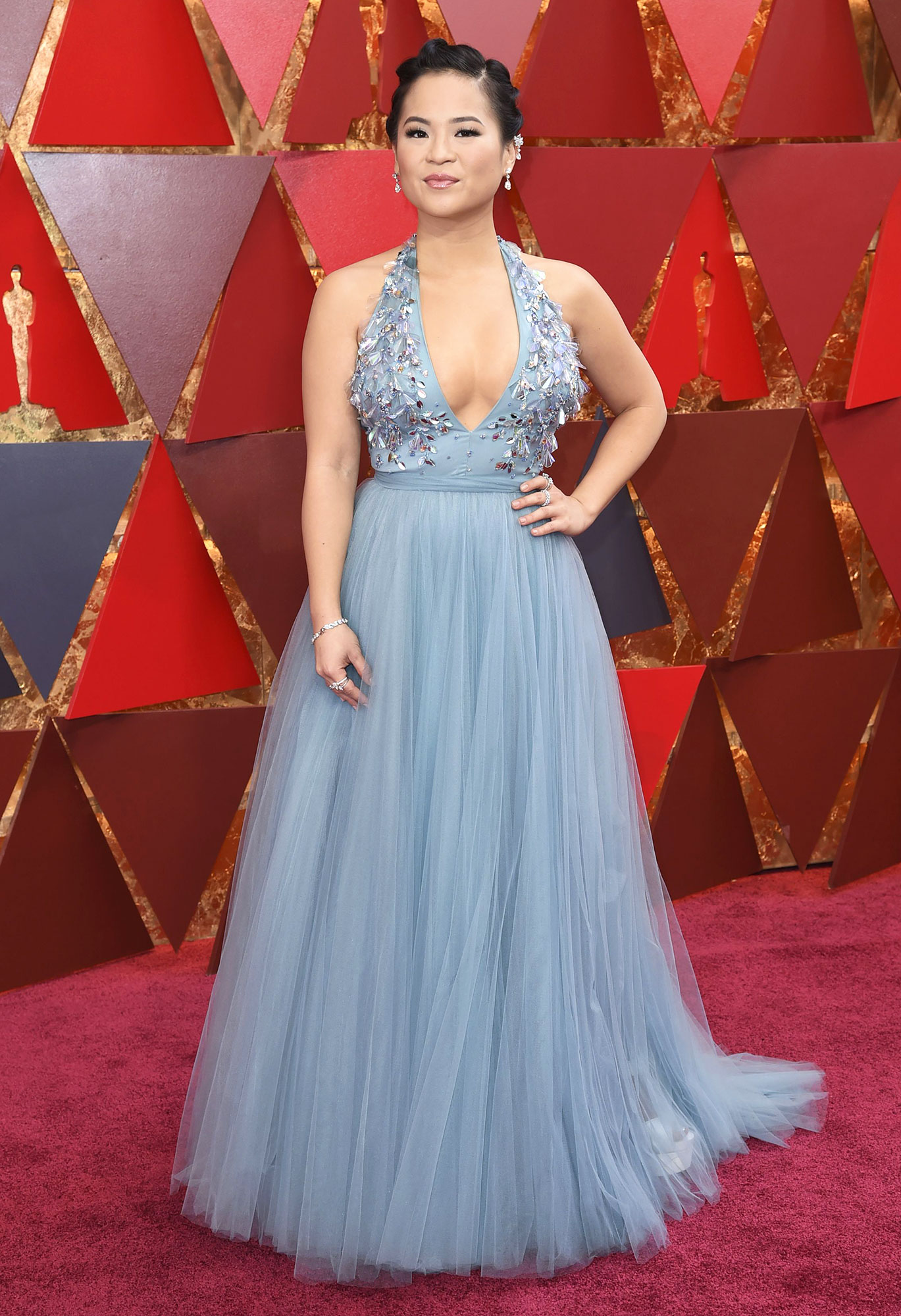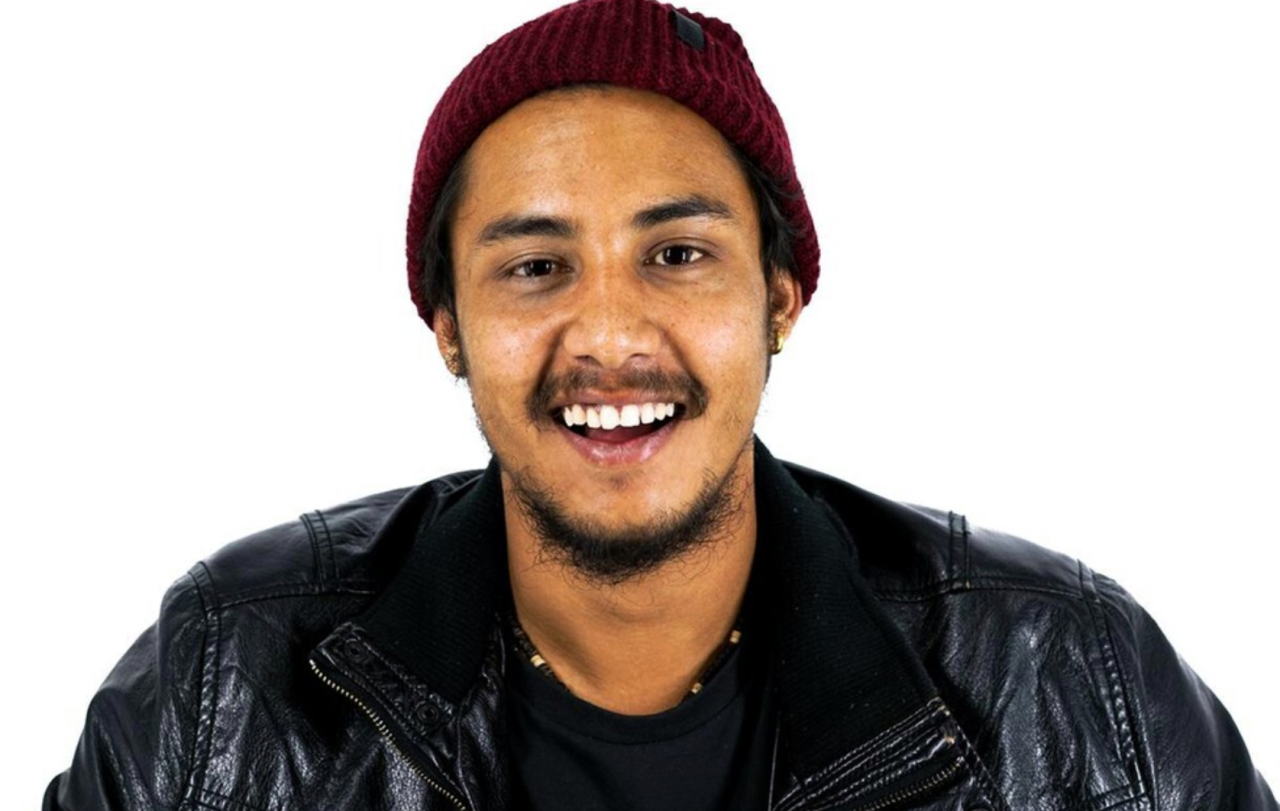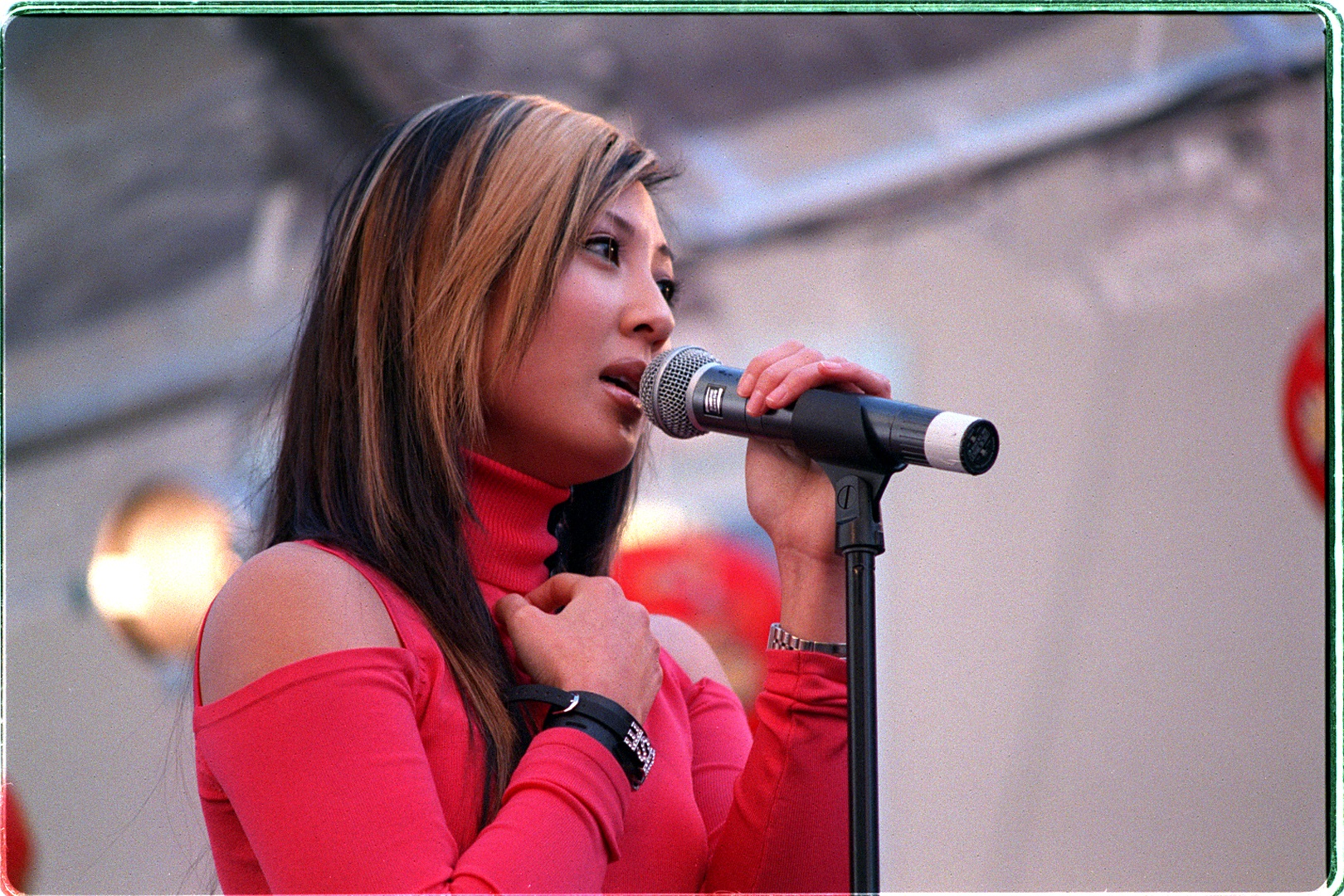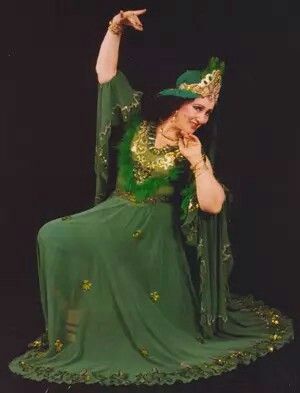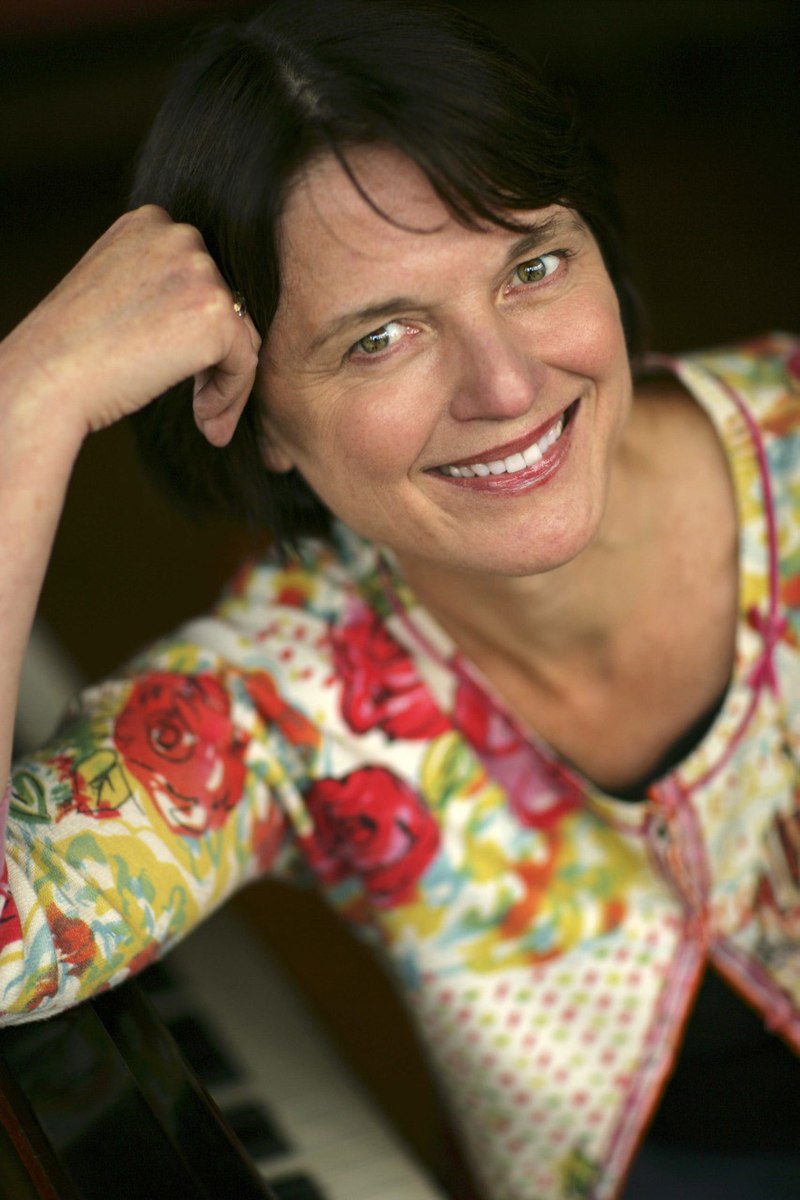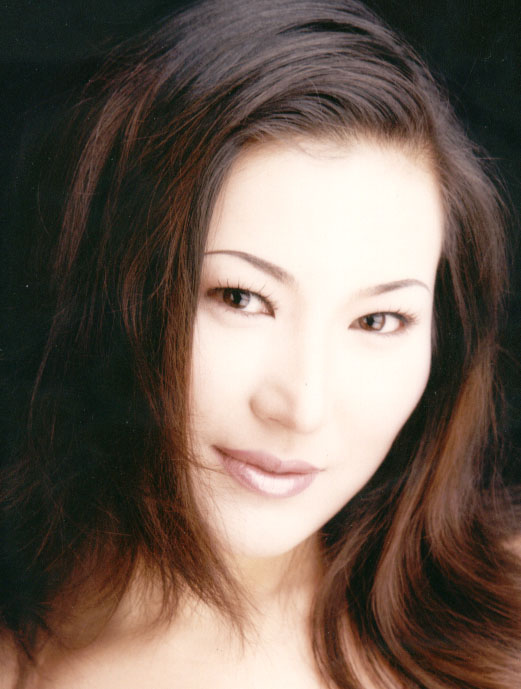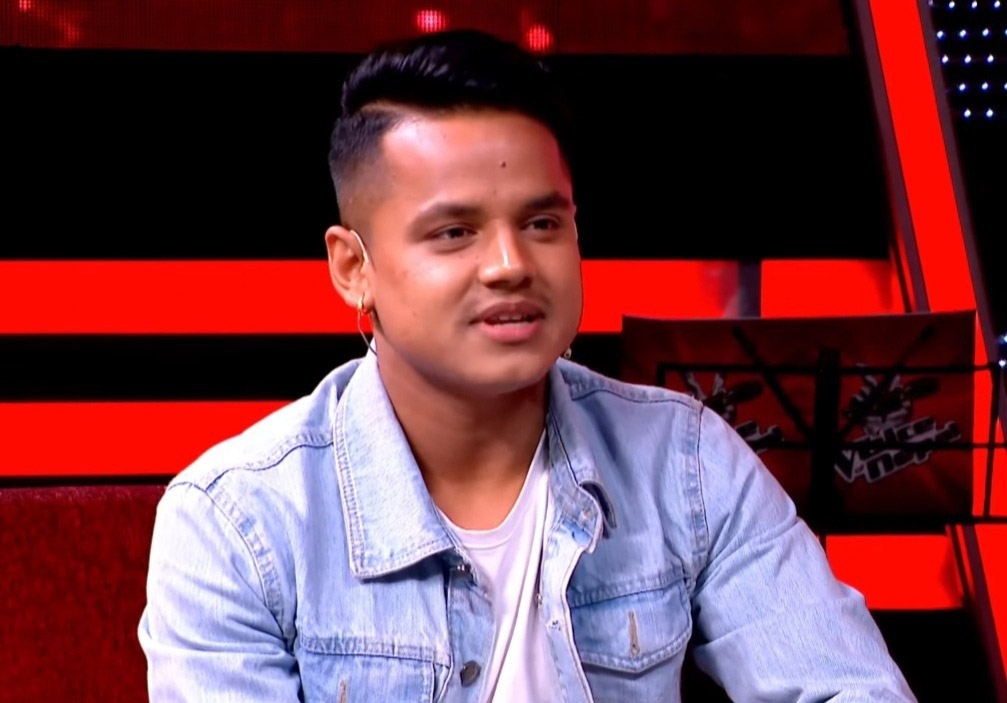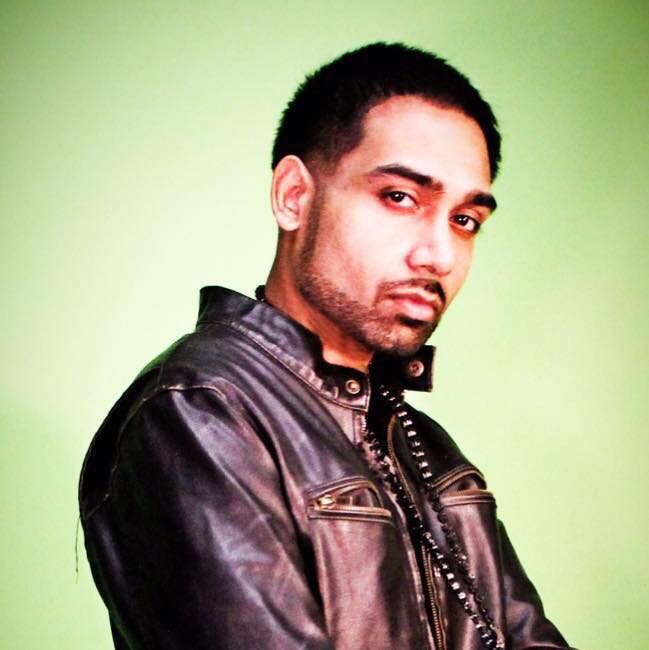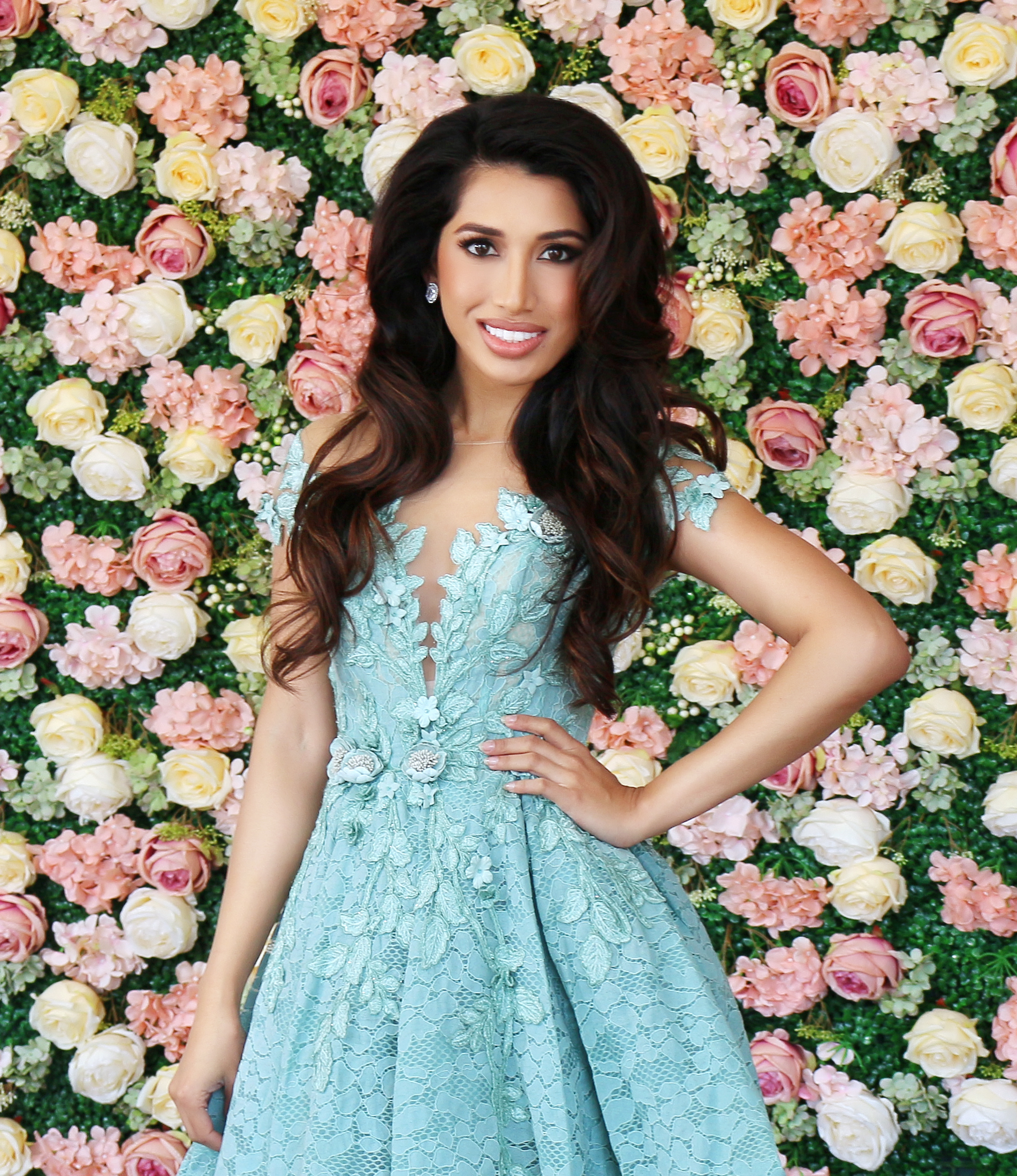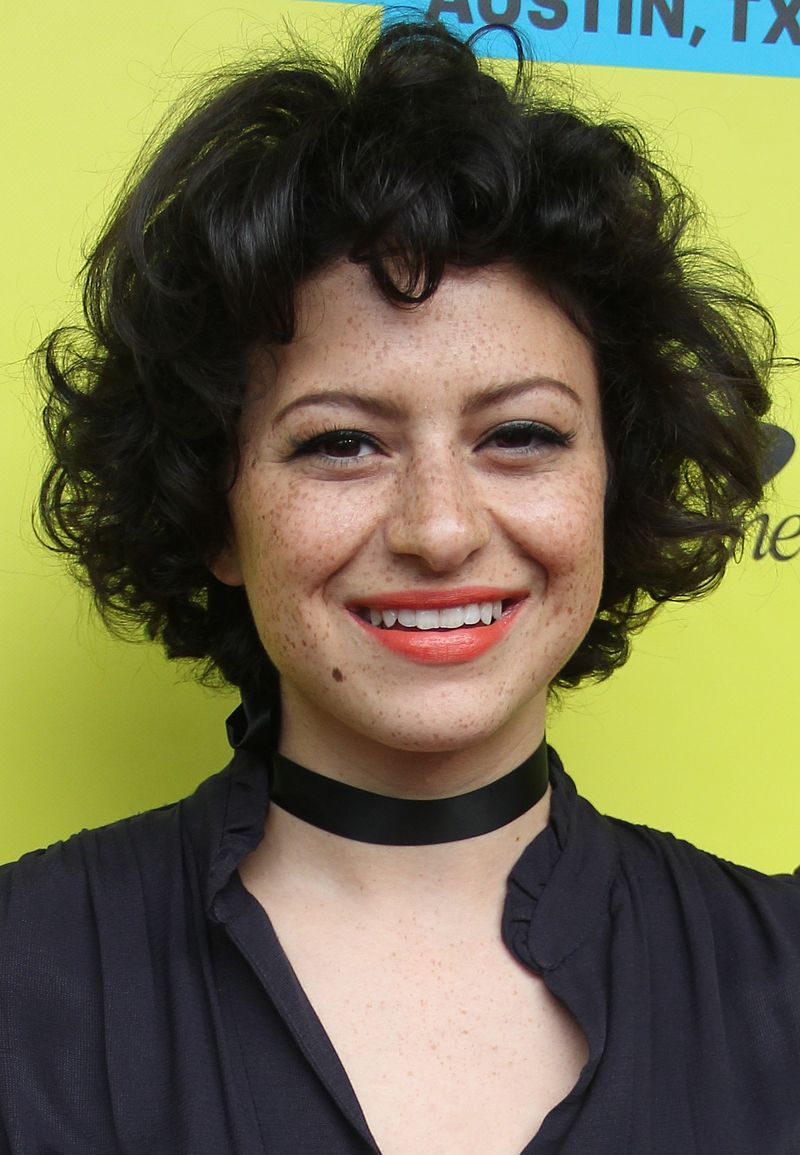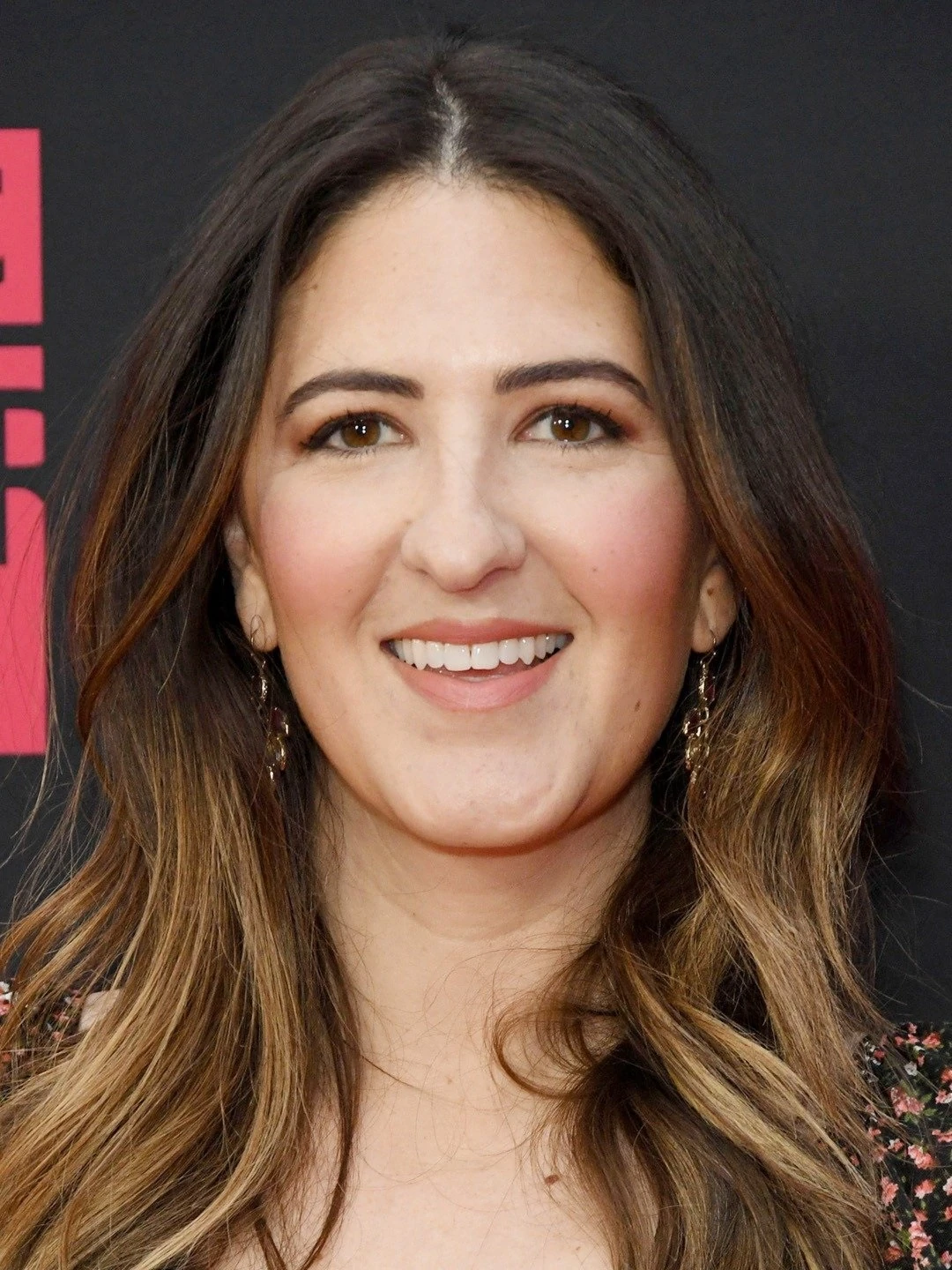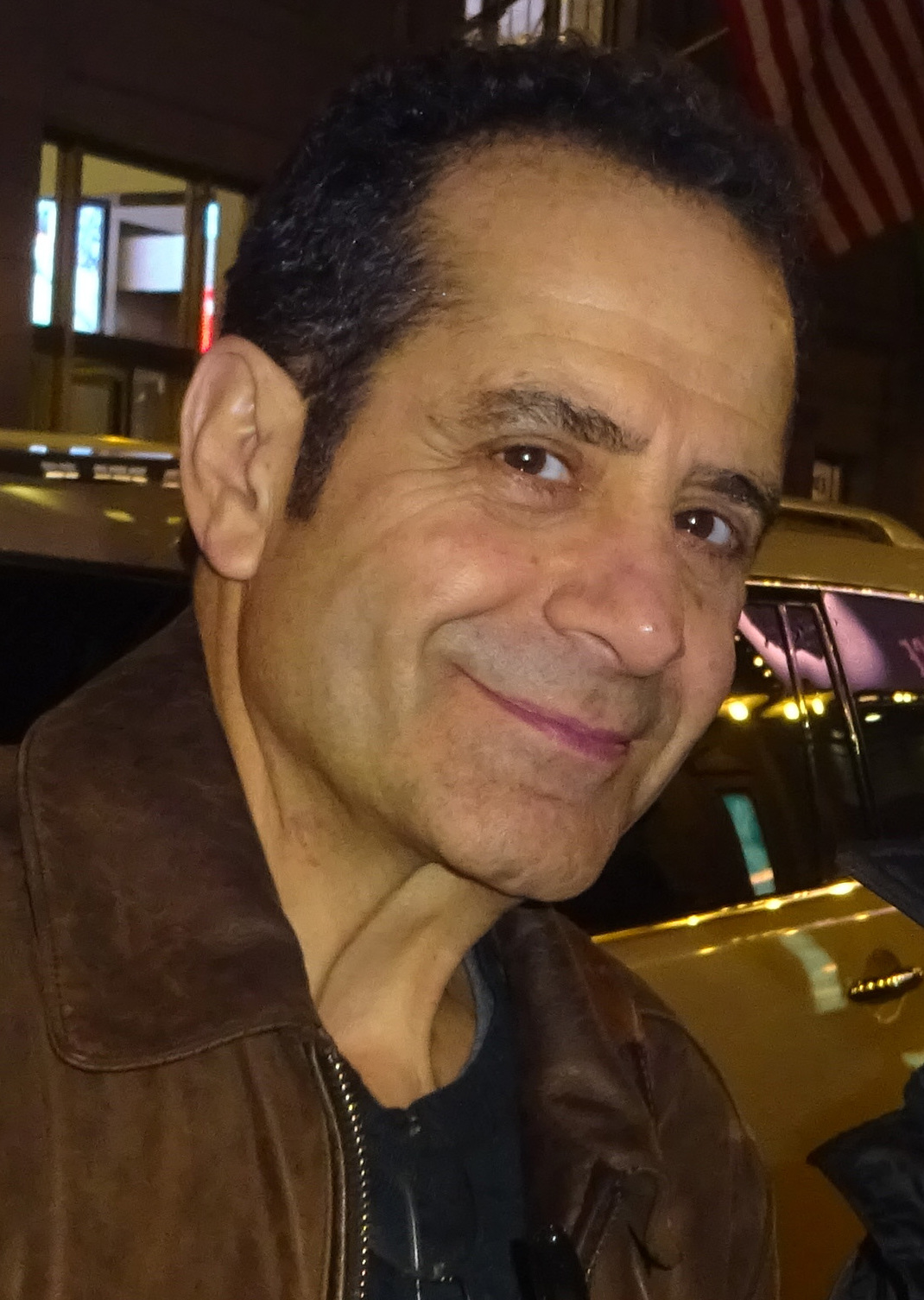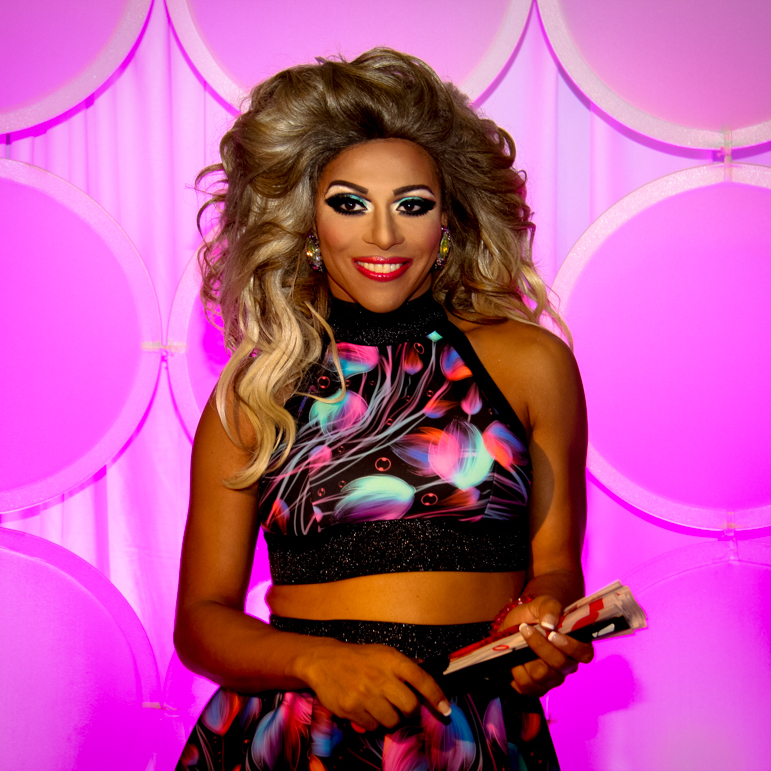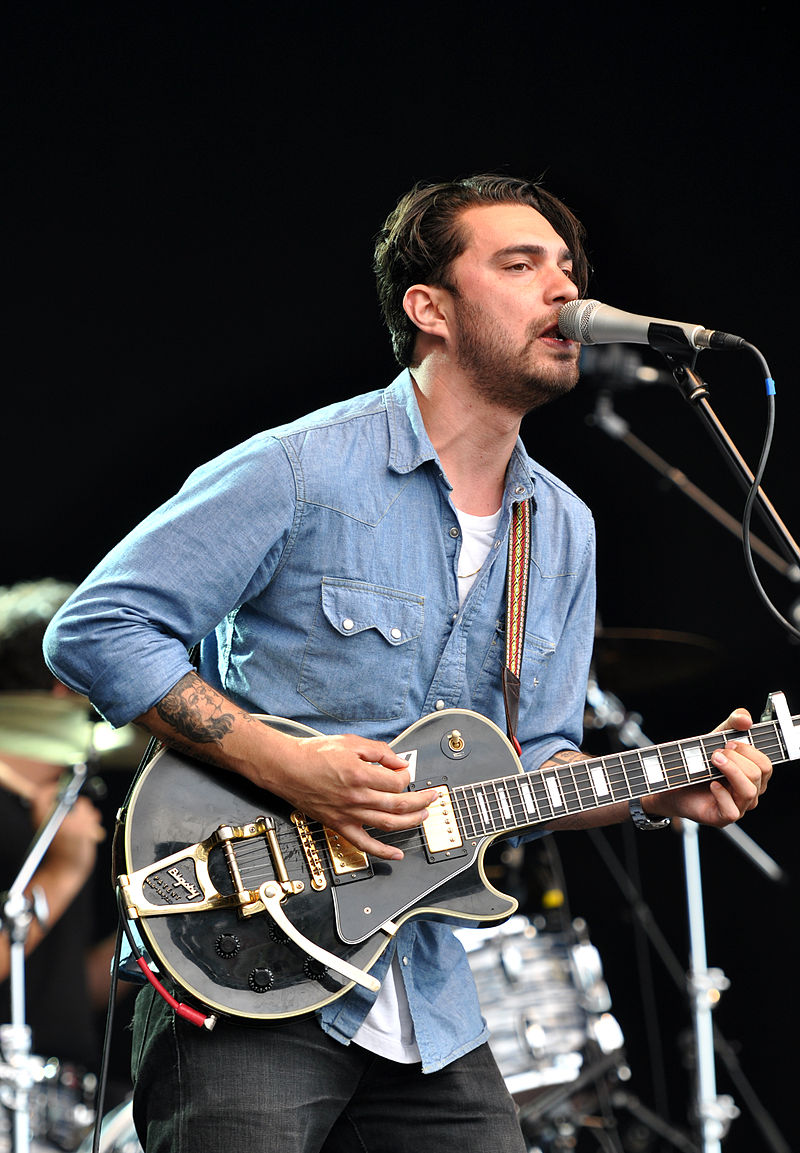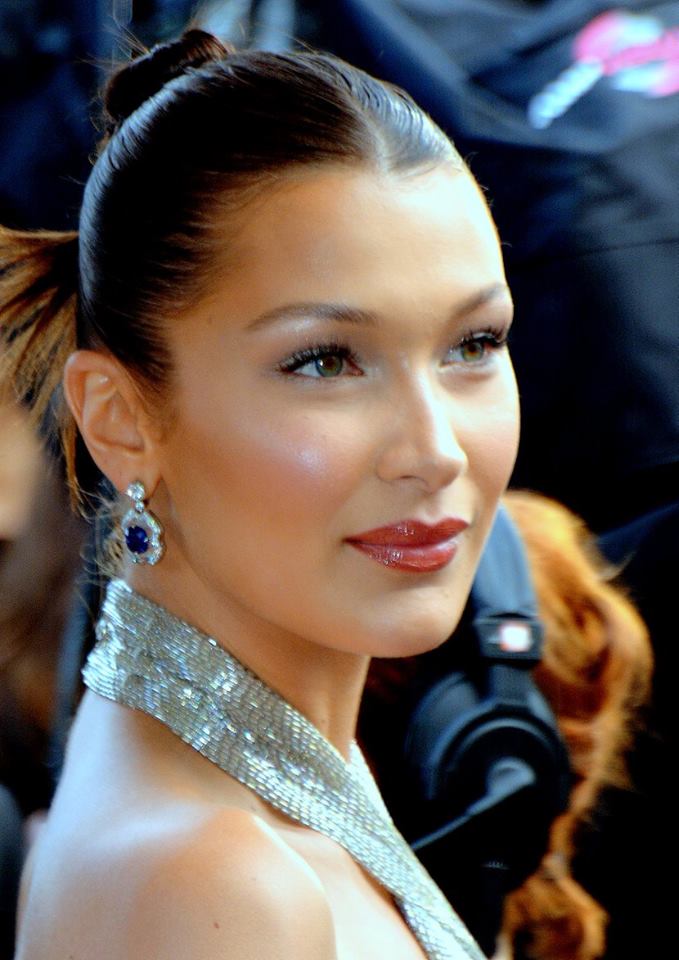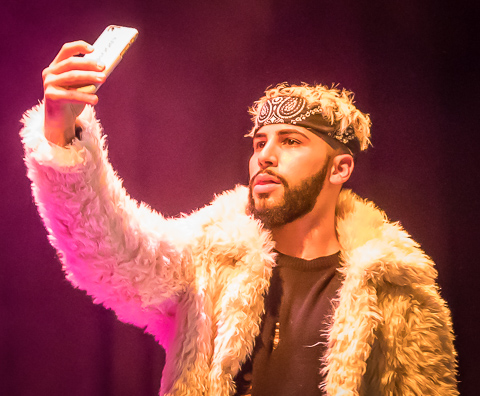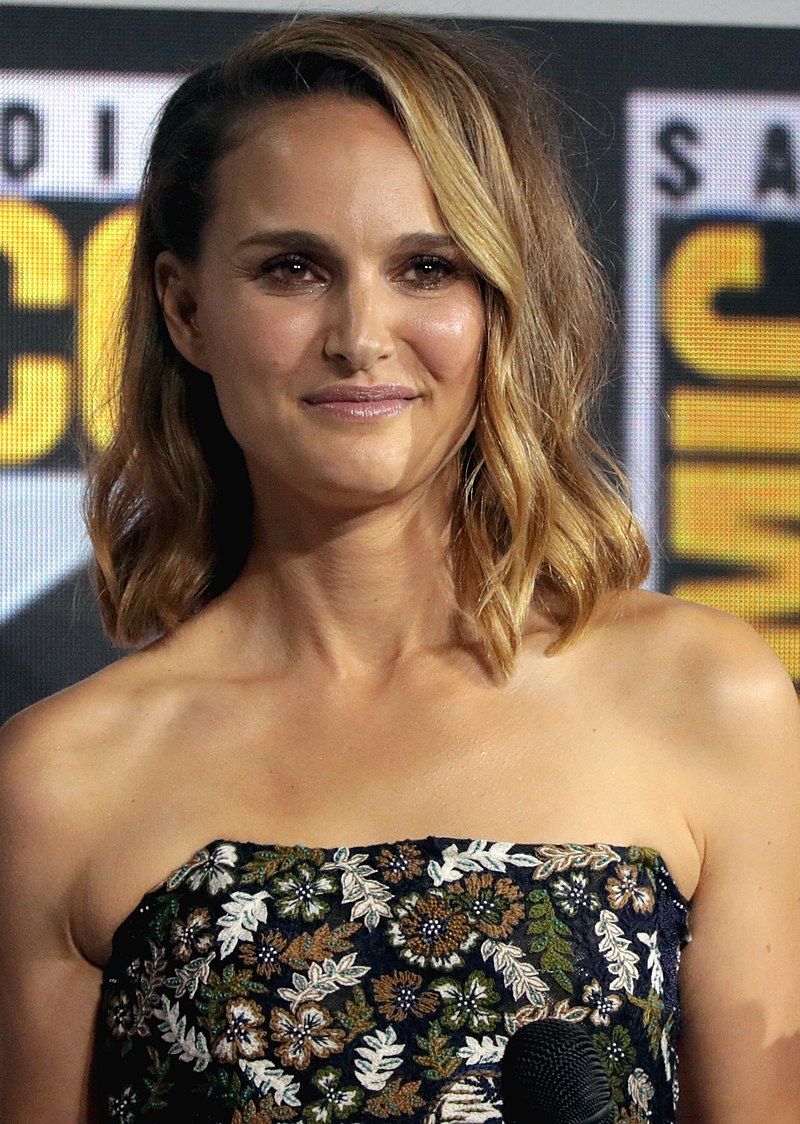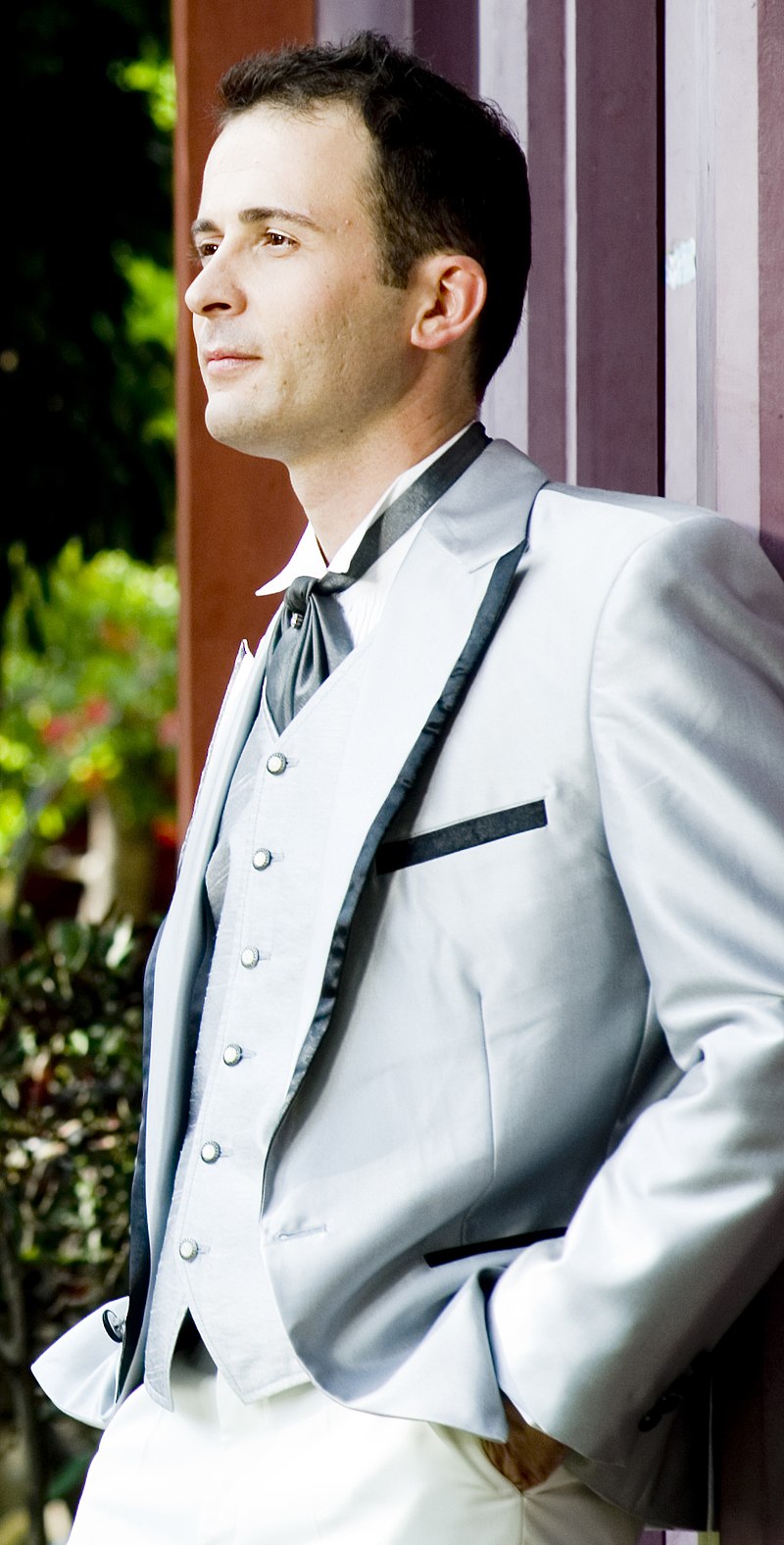Happy Asian-American/Pacific Islander Heritage Month! This month, the U.S. government, military, and schools celebrate famous people, foods, dances, books, movies, music, and other cultural influences that have come to America from Asia and from the Pacific islands. Because Asia and the Pacific Islands include many countries, there are many different cultures to learn about this month!

Famous People
As many people in media industries like to say, representation is important. Media projects that collaborate with members from the presented culture are more likely to be accurate and nuanced, and they are less likely to rely on offensive stereotypes. In addition, people who know someone from another ethnicity or culture are not as likely to believe racist or xenophobic ideas. So it is important to learn about other cultures from members of those cultures! Since the COVID-19 outbreak created an increase in anti-Asian sentiments, civil rights advocates in America are trying to use this heritage month to educate other Americans about the vast diversity of Asian Americans and the dangers they can face from racism and prejudice. As you can see, Asia is a big place!
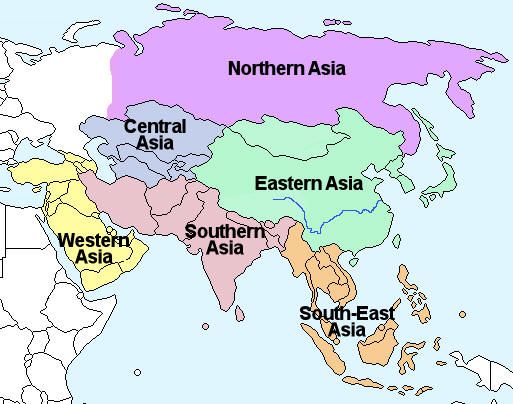
Although it is difficult to travel and meet new people in person right now (due to COVID-19 travel restrictions), you can learn about a wide variety of famous Asian American and Pacific Islander people in the lists below:
(Note: Because entertainers are often the most famous people internationally, this list will include entertainers of each background for consistency.)
- Auli’i Cravalho – Actress, American voice for Moana (Native Hawaiian ancestry)
- Dwayne “The Rock” Johnson – Actor, former professional wrestler, famous for action movies (Samoan ancestry)
- Dinah Jane Milika Ilaisaane Hansen / “Dinah Jane” – singer, former member of Fifth Harmony (Tongan ancestry)
- Jacob Batalon – Actor, famous for Marvel’s Spiderman series (Filipino ancestry)
- Tamina Snuka – performer, World Wrestling Entertainment; daughter of Jimmy Snuka (Fijian ancestry)
- Karen Fukuhara – Actress, famous for The Boys (Japanese ancestry)
- Lucy Liu – Actress, famous for Charlie’s Angels, Elementary, and Kung Fu Panda (Chinese ancestry)
- Dr. Ken Jeong – Actor, comedian, licensed physician (Korean ancestry)
- Ang Lee – film director, famous for Crouching Tiger Hidden Dragon, Brokeback Mountain, and Life of Pi (Taiwanese ancestry)
- Ng Chin Han – actor, director, and producer, famous for directing Skyscraper and Mortal Kombat (Singaporean ancestry)
- Jodi Ann Paterson – model, actress, former beauty queen, famous for Playboy magazine features (Indonesian ancestry)
- Adele Lim – screenwriter, famous for Crazy Rich Asians and Raya and the Last Dragon (Malaysian ancestry)
- List of Famous Malaysian Americans (not available)
- Emelihter Kihleng – poet, first Micronesian poet to publish in English
- Thushari Jayasekera – Actress and writer, famous for Outsourced (Sri Lankan ancestry)
- Chrissy Teigen – Model, blogger (Thai ancestry)
- Francois Chau – Actor, famous for Lost (Cambodian ancestry)
- Jujubee – drag queen, famous for RuPaul’s Drag Race (Laotian ancestry)
- Kelly Marie Tran – actress, famous for Star Wars Episodes VII and VIII and Raya and the Last Dragon (Vietnamese ancestry)
- Bee Vang – Actor, famous for Gran Torino (Hmong ancestry)
- Dibesh Pokharel/”Arthur Gunn” – Singer, famous for American Idol Season 18 (Nepalese ancestry)
- Natalise – Singer (Burmese ancestry)
- Sanzhar Sultan – Canadian Filmmaker (Kazakh ancestry)
- Malika Kalontarova – Professional Dancer (Tajik ancestry)
- Sylvia Nasar – journalist, author, famous for writing A Beautiful Mind (Uzbek ancestry)
- Gulimina Mahamuti – concert pianist (Uyghur ancestry)
- Kiran Gajmer – singer, winner of Voice of Nepal season 3
- Dr. Kamran Rashid Khan/”Lazarus” – rapper, physician (Pakistani ancestry)
- Marjana Chowdhury – model, actress, philanthropist and beauty queen (Miss Bangladesh 2017; Miss Alaska World 2019)(Bangladeshi ancestry)
- Mindy Kaling – actress, comedian, writer, producer, and director, famous for The Office and The Mindy Project (Indian ancestry)
- Omid Abtahi – actor, famous for American Gods, The Mandalorian, and Hunger Games (Iranian ancestry)
- Alia Martine Shawkat – actress, famous for Arrested Development (Iraqi ancestry)
- Jano Rosebiani – filmmaker
- D’Arcy Beth Carden – actress, comedian, famous for The Good Place (Turkish ancestry)
- Tony Shalhoub – actor, famous for Monk TV show (Lebanese ancestry)
- “Shangela”/Darius James Pierce – drag queen, famous for RuPaul’s Drag Race (Saudi ancestry)
- Hanni El Khatib – singer, songwriter, musician, producer (Palestinian ancestry)
- Isabella Khair “Bella” Hadid – model (Jordanian-Palestinian ancestry)
- List of Famous Jordanian Americans (not available)
- F. Murray Abraham – actor, famous for Amadeus (Syrian ancestry)
- Adam Saleh – YouTuber, musician (Yemeni ancestry)
- Natalie Portman – actress, famous for Thor series, V for Vendetta, Black Swan (Israeli ancestry)
- Svoy / Mikhail Tarasov – musician, producer/writer/artist for Universal Music Group (Eastern Russian origins)
- Ella Leya – author (Azerbaijani ancestry)
- Kim Kardashian – reality TV star, celebrity (Armenian ancestry)
- Giorgi Latso / გიორგი ლაცაბიძე – concert pianist, film composer, arranger, adjudicator, improviser and Doctor of Musical Arts (Georgian ancestry)
- Avani Gregg – makeup artist, TikToker, social media personality (Mongolian ancestry)
Famous Movies
Asian American and Pacific Islander-centered films face the same funding and representation challenges in Hollywood as do films about other minoritized ethnic groups – Latino/a, Black & other African, etc. However, East Asian media has done relatively well in America in the 21st century, compared to other Asian media. Manga and anime are very popular among young people in America, with translated shows appearing on websites such as CrunchyRoll. In addition, many young Americans enjoy Korean, Japanese, and Chinese dramas on streaming services such as Netflix and YouTube, as well as East Asian films in theaters (recent examples include Demon Slayer, Drive My Car, Train to Busan, Parasite). Although there is still much room for improvement, there have been recent improvements in ethnic/cultural representation in domestic (American-made) films. Some popular movies about East Asian-Americans feature immigrant stories (Minari, The Joy Luck Club), while others focus on Asian-Americans who are only somewhat familiar with the cultural customs of their heritage (Crazy Rich Asians, The Farewell, Kim’s Convenience, Fresh Off the Boat) or are completely immersed in general American culture (Always Be My Maybe, To All the Boys I’ve Loved Before).



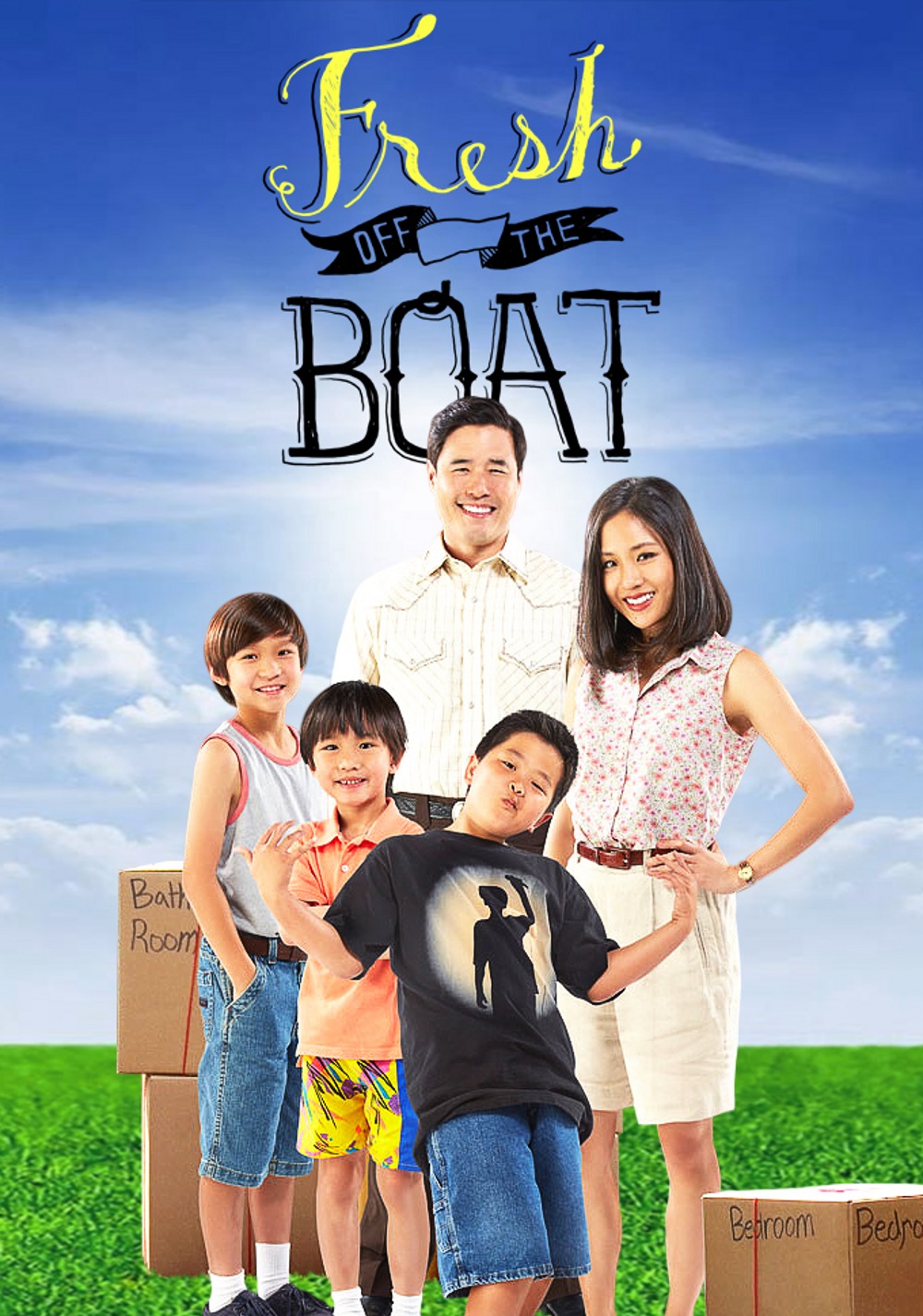
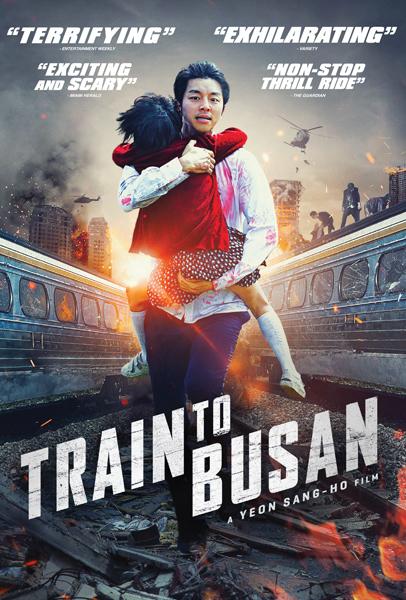


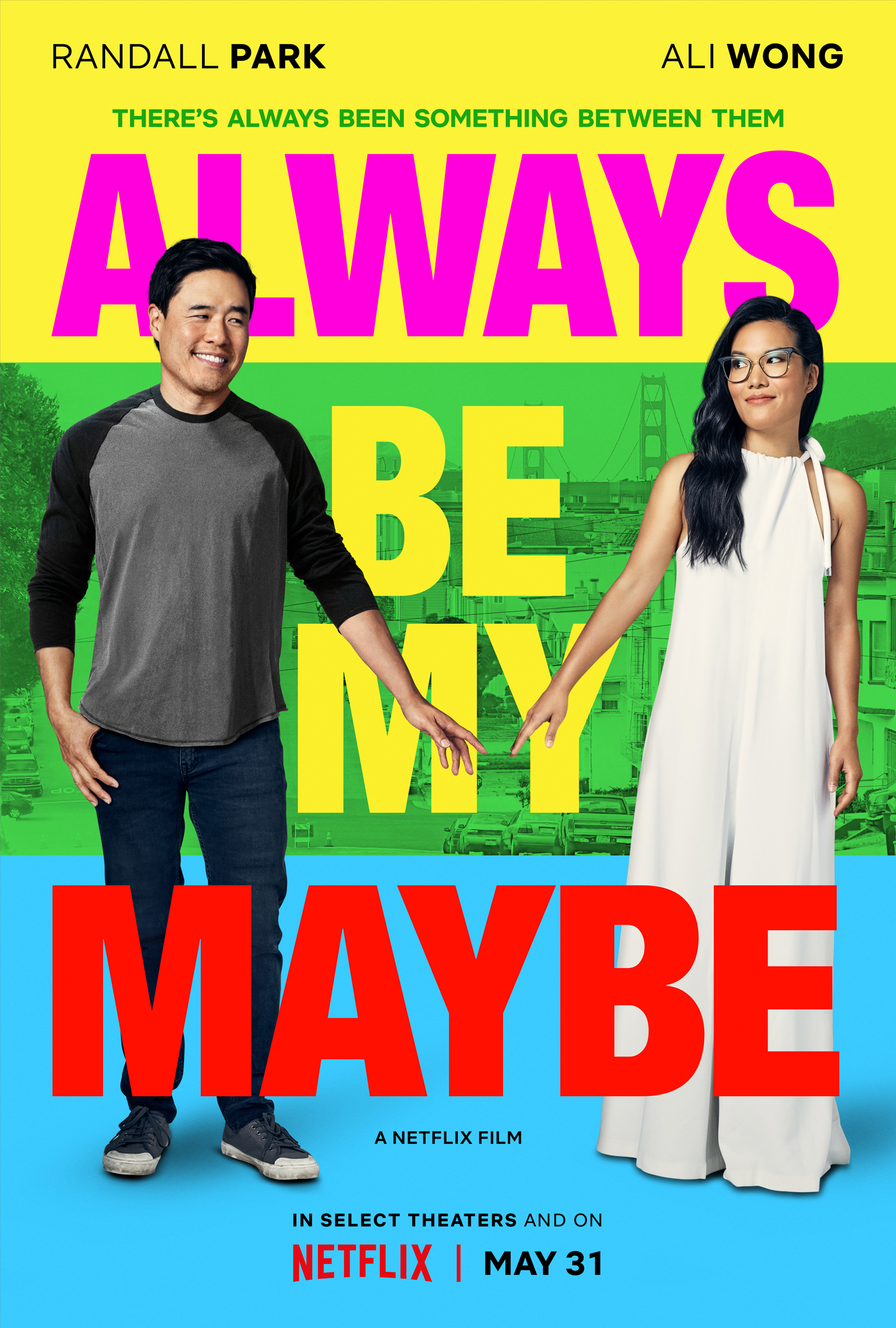

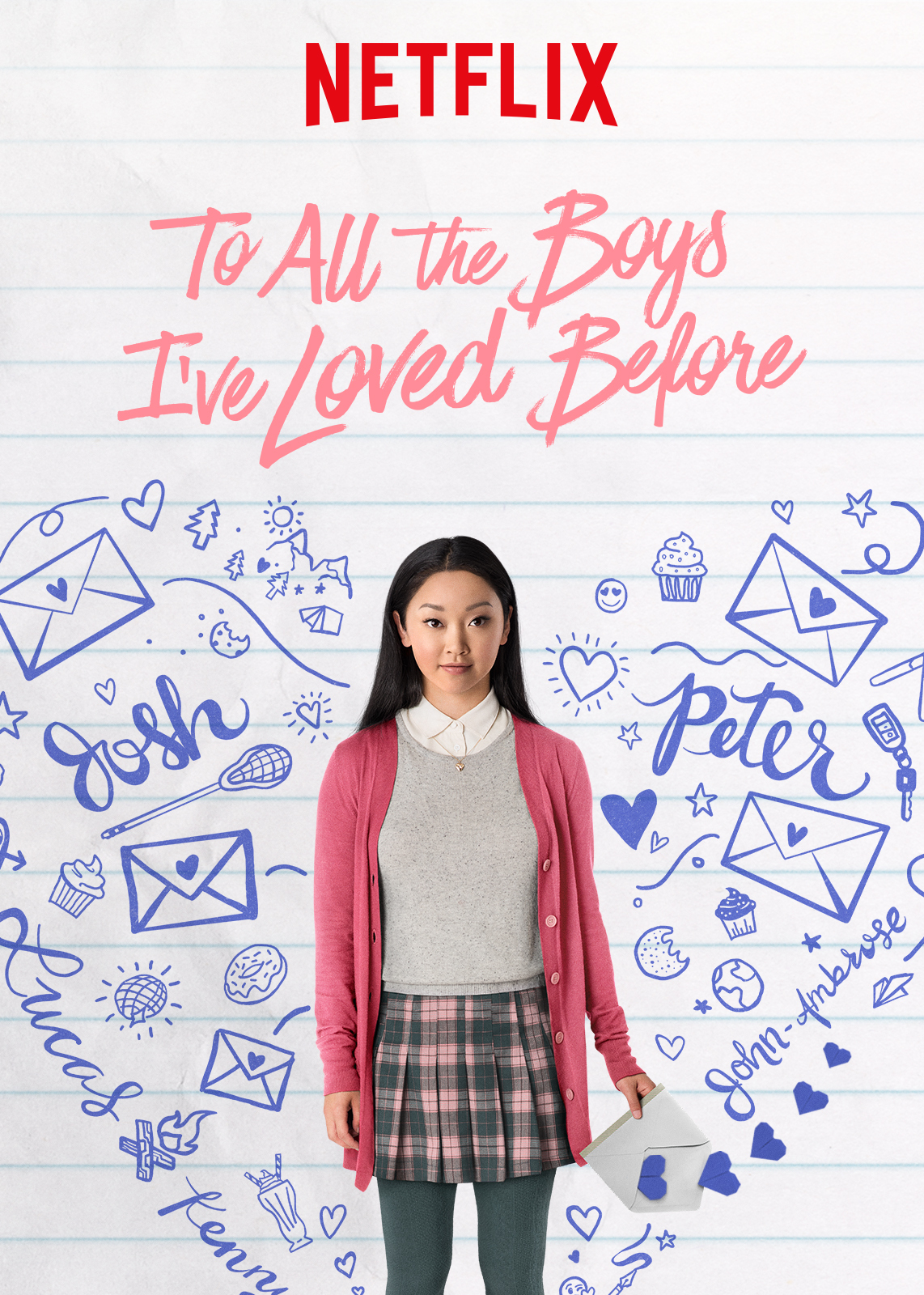
Indian/South Asian movies from “Bollywood” are also widely available in the USA, but they are often seen as inferior to Hollywood cinema, which is unfortunate because most Hollywood productions do not accurately represent South Asia in film, if at all. South Asians from India are often portrayed as exaggerated “Bollywood” stereotypes in Hollywood, and other South Asians are regularly portrayed as mystics (Nepalese, Bhutanese, some Indians) or, similar to West Asian representations, violent Muslim terrorists (Bangladeshi, Pakistani, Afghan). As a result, Americans without cultural ties to South Asia are often ignorant of authentic South Asian cultures. Recent American shows are attempting to remedy this (Never Have I Ever, The Mindy Project, Brown Nation).
Ethnically Jewish representation in Hollywood (and Broadway theater, for that matter) is a complex topic. Many Jewish immigrants from Europe, some of whom had some European ancestry or were able to “pass” as European in public, were able to participate extensively in the film and theater industry from its earliest days (for theater, see the works of Rodgers and Hammerstein, Irving Berlin, etc.). They were allowed greater access to the industry because most Christian Americans either weren’t interested in the business or found it “sinful”. However, their work had to portray a “safe” (capitalist, Western-European-American-centered) view of the world in order to be accepted. Main characters and their clothing, music, holidays, traditions, and other cultural elements all had to match the expectations of “mainstream” America and its idealization of Western Europe. For decades, Jewish Americans told someone else’s stories, with rare exceptions (e.g., Fiddler on the Roof, Yentl, Seinfeld) To this day, although secular Jewish Americans have roles in many 21st century films, they are often relegated to comedic relief or tragedy while their own stories are portrayed by European Americans. Tellingly, religious Jews are usually portrayed in a similarly oppressive lens to Muslims (see Unorthodox). Meanwhile, West Asians are often portrayed either in one extreme as Jewish/Christian religious idols (especially Israelis – see any movie about Jesus) or in another extreme as amoral, corrupt businessmen or Muslim terrorists in a war zone (the rest of the Middle East – see Argo, American Sniper, 13 Hours, 12 Strong, or Zero Dark Thirty). Despite this problematic, obviously Christian-centric viewpoint, there are still anti-Semitic conspiracy theories about “Jews running Hollywood“. These conspiracies are false: They ignore both the historical context in which Jewish immigrants entered the American film and theater industries and the continued issues with representations of ethnically Jewish people or Judaism in mainstream films.
People from central/eastern Russia (east of the Ural mountains, in what is considered northern Asia instead of Eastern Europe) are sometimes present in American cinema, but they are not commonly presented as being Asian, per se. Instead, they are presented as Russian. Since Russia’s cultural and political power is centralized in the European side of the country (in Moscow), American film roles with Russian characters are generally filled with people with Slavic features, and they are usually shown as Eastern Europeans, focusing on European cultures and experiences. Even films set in Siberia often focus on the plight of the Eastern European dissidents sent further east to gulags. Similarly, Central Asia, when acknowledged as separate from Russia, is often depicted in run-down, former Soviet tones (for example, the Borat movies). Certain West Asian countries like Armenia, Azerbaijan, and Georgia often face the same fate. In this way, non-Slavic people of Northern and Central Asian heritage are nearly invisible in American films. (One possible exception: Yul Brynner)
Unfortunately, people with Pacific Islander or Asian heritage have been, at times, destructively represented in Hollywood and mainstream American media. Pacific Islanders have previously been depicted the way colonized populations often are: lazy or complacent, unintelligent in a comic way, overweight or hyper-sexualized, Pollyanna or hostile. They have not even been offered a prominent enough role in Hollywood to warrant the same depth of discussion as other groups. Like Asians, they almost always play supporting characters (recent exceptions: Moana and the new Aquaman). When they do have title roles, their stories are still told through a Eurocentric lens because “it sells” (the predominately European-American audiences in America will find it interesting and pay money to see it). Meanwhile, South Asians, East Asians, and Southeast Asians are often asked to appear as smart but antisocial, either as “tiger mom” or “over-controlling parent” stereotypes (paired with the “overworked, overcommitted child prodigy” stereotype), as socially awkward geniuses, or as cruel and unfeeling authoritarians with absolute control. In contrast, Turkey and the Middle East are often depicted as sites of exoticism and chaos, religious extremism and war-hungry clans. Asians, of any background, are regularly portrayed as conservative traditionalists who refuse to change and adapt to “modern” sensibilities, and they are often cast as “the enemy” in different war movies. Pacific Islanders are less likely to be portrayed violently, but are rarely shown as having a voice in times of conflict.
There have been many calls for Hollywood to address its problematic portrayals of Asia and Asian Americans. Recently, change has been happening in the industry, albeit slowly. In the meantime, let’s support the movies we like and learn more about stories from other places in Asia and the Pacific!
Comedy
Another cultural influence is comedy. There are many talented Asian-American and Pacific Islander comedians. You should check them out! Here are a few famous ones:
- Ali Wong
- Aparna Nancherla
- Atsuko Okatsuka
- Awkwafina (also actress and rapper)
- Aziz Ansari
- Bobby Lee
- Bowen Yang
- Hasan Minhaj
- Jimmy O. Yang
- Jo Koy
- Joel Kim Booster (also actor)
- Karen Chee
- Ken Jeong (also actor and doctor; see above!)
- Kumail Nanjani (also actor)
- Margaret Cho (also actor)
- Maysoon Zayid
- Ronny Chieng
- Randall Park (also actor)
- Sherry Cola







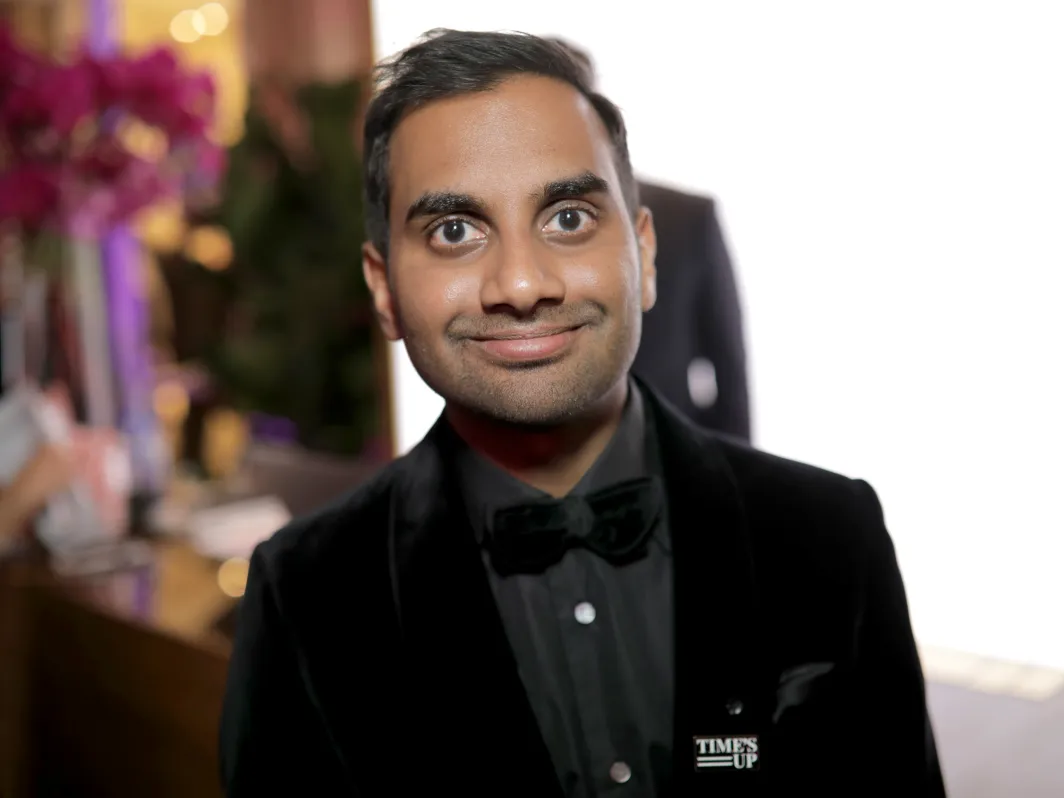

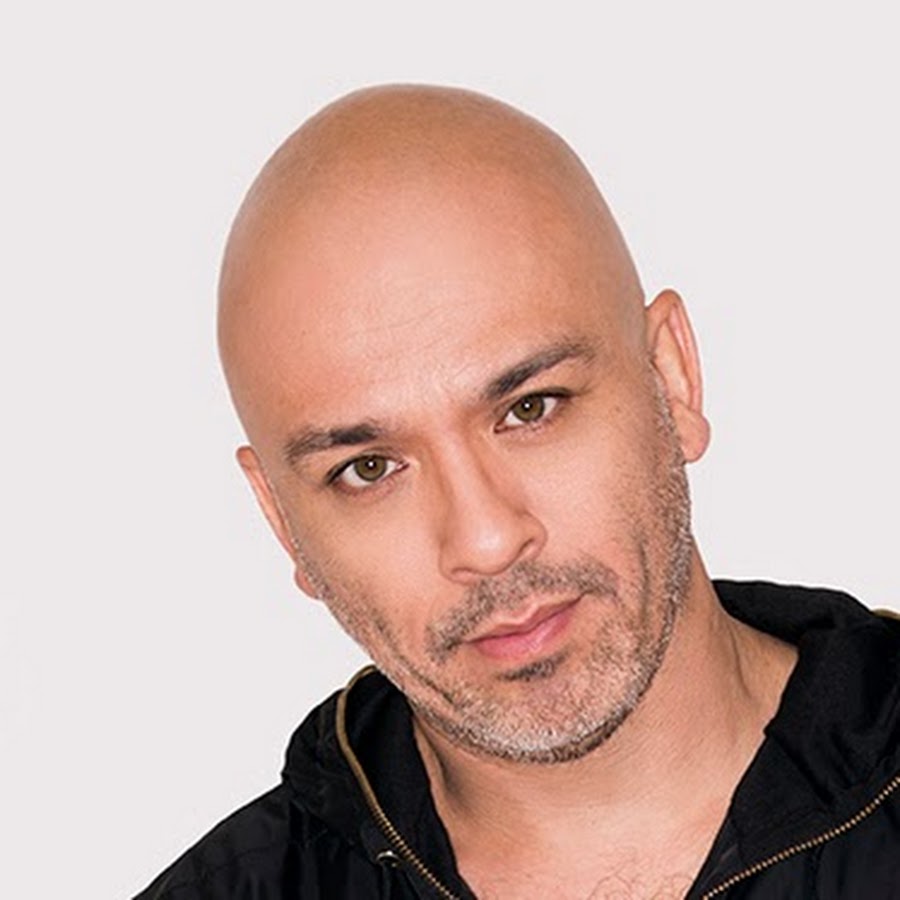
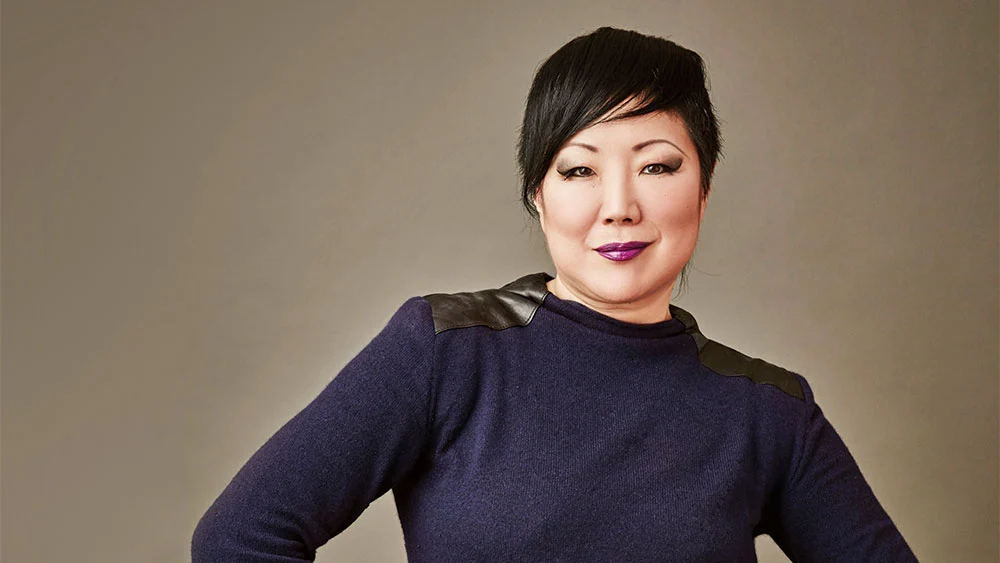
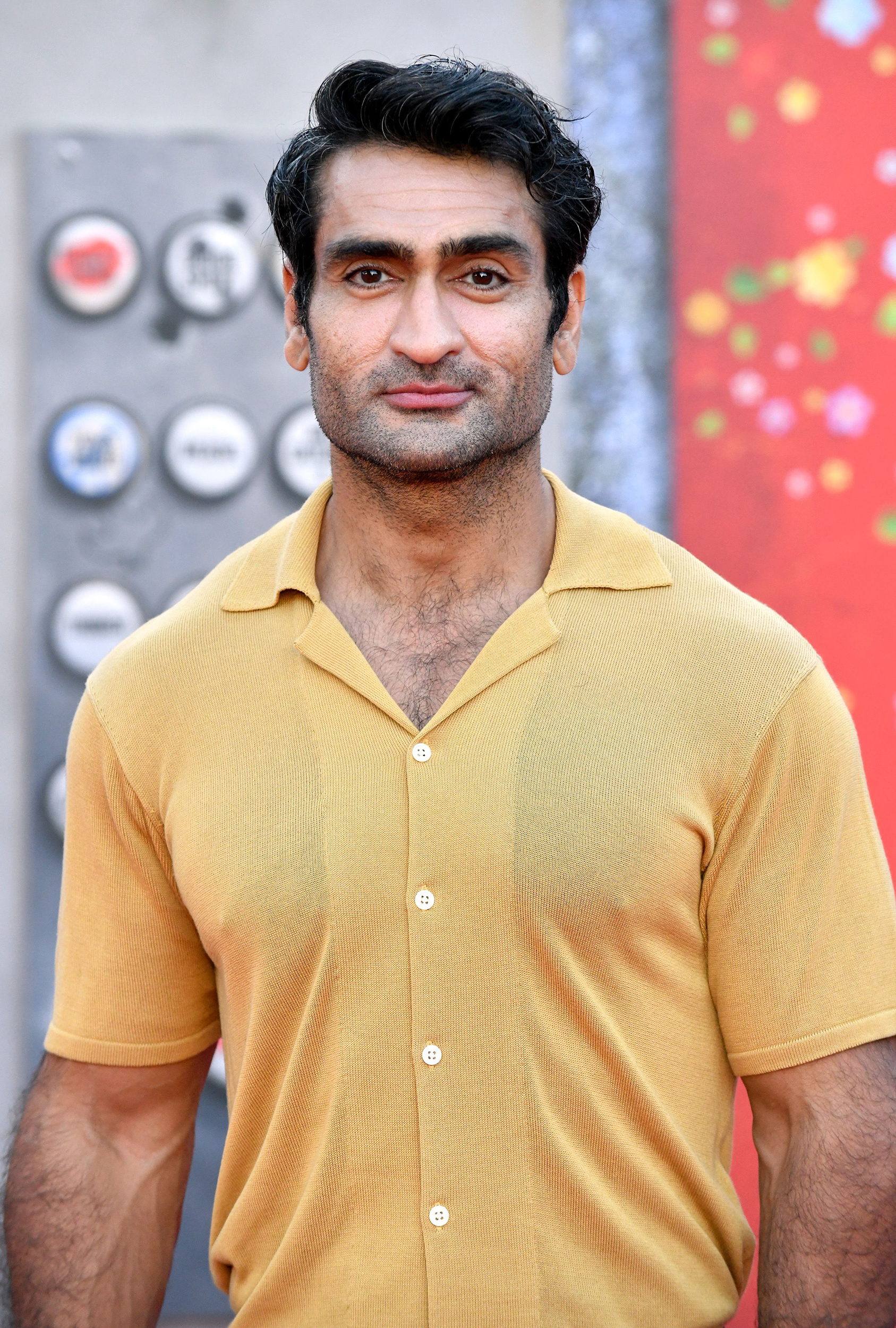
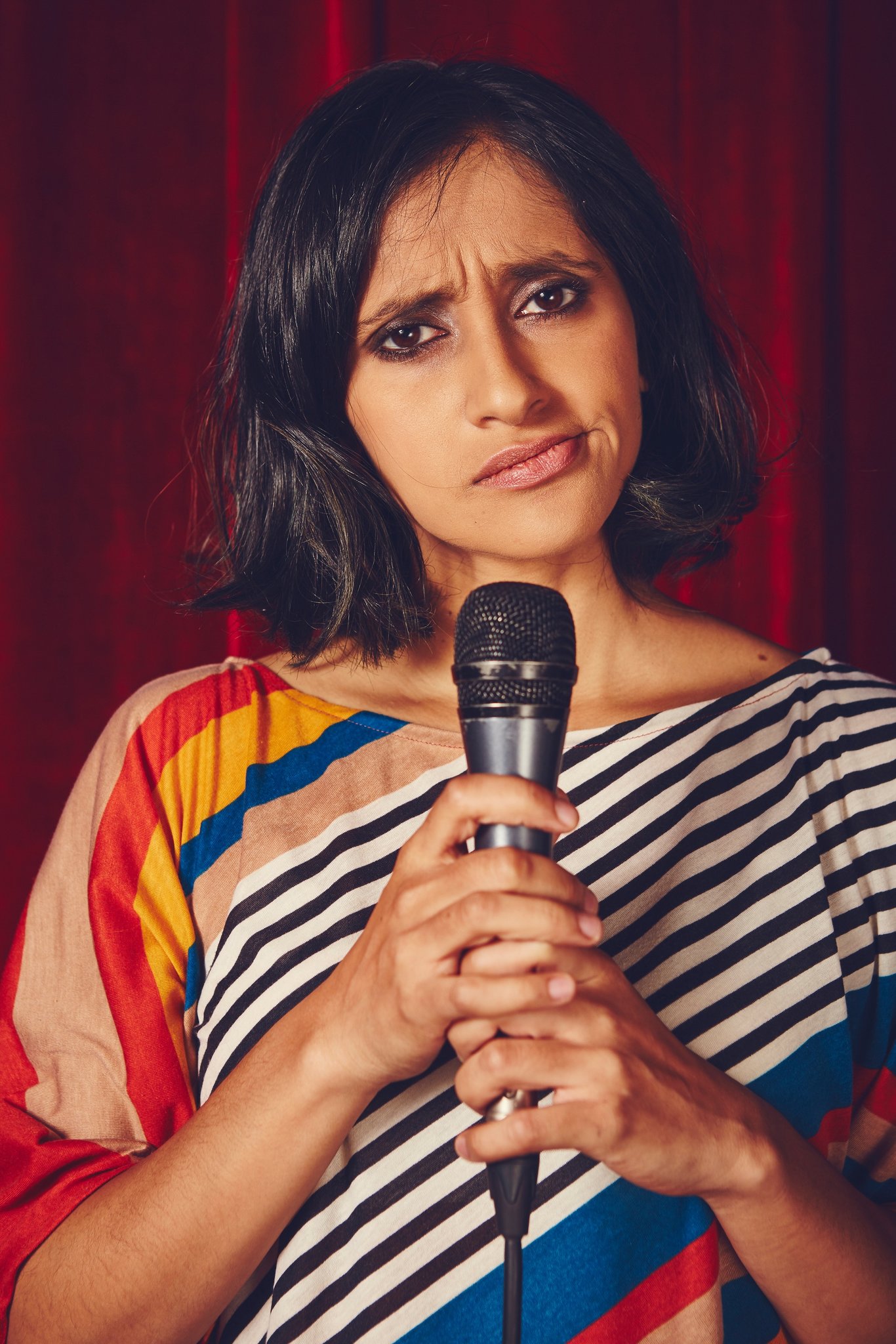
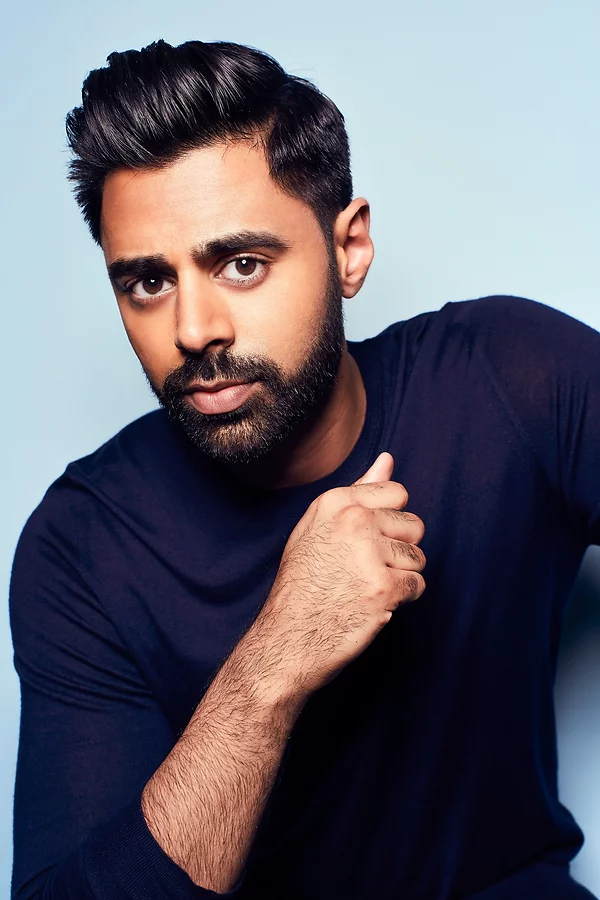




Famous Books
Famous Asian-American authors include Khaled Hosseini, Amy Tan, Jhumpa Lahiri, Celeste Ng, Hanya Yanagihara, and more.
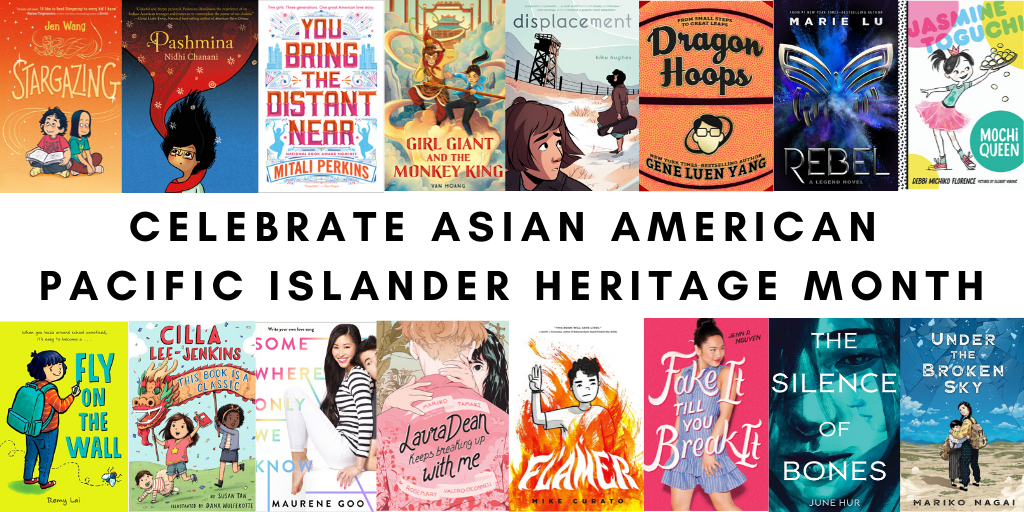
There have been recent efforts in the book publishing industry to actively promote and foster talented writers outside of the predominant narrative set by white men. (Men of European ancestry, writing stories based on European lore and history, have been the overwhelming majority of published American authors since the founding of America.) As a result, this list should expand rapidly in the future.
Famous Foods
In America, it is extremely common to encounter Chinese restaurants, although the authenticity of the cuisine varies, and sometimes the menu is more “pan-Asian” than specifically Chinese. Fast food restaurants such as Panda Express have created popular dishes, such as broccoli beef and orange chicken, that may appeal to American palates but are not particularly authentic. However, dishes such as egg flower soup and chow mein, sushi and ramen, phở and banh mi, kimchi, lumpia and pancit, Thai and Indian curries, falafel stands and kebab restaurants are also found in many towns and cities, especially near the coasts. Israeli and West Asian foods (hummus, falafel, kebab, shawarma, tahini, tabouleh, baba ghanoush, various kosher or halal foods) are more common in the northeastern U.S. or California, while authentic East Asian foods are often easier to find in the west (on the Pacific Ocean) but can be found in many coastal regions. More specifically, authentic foods will be found wherever there are larger communities of that ancestry – for example, there is a large Hmong community in Detroit, Michigan, so authentic Hmong cuisine can be found in that area.
In some parts of America, various “fusion” foods have become popular, many of which include Asian cuisines. Fusion foods are foods that mix together different cuisines, such as Mexican and Japanese. Here are some examples: Recipes, Restaurants, History


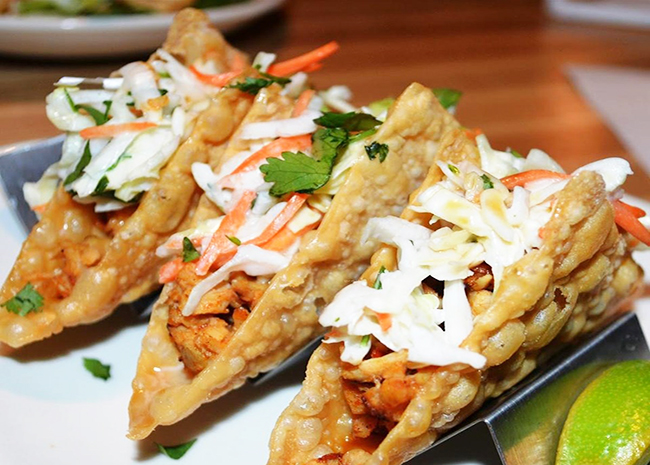

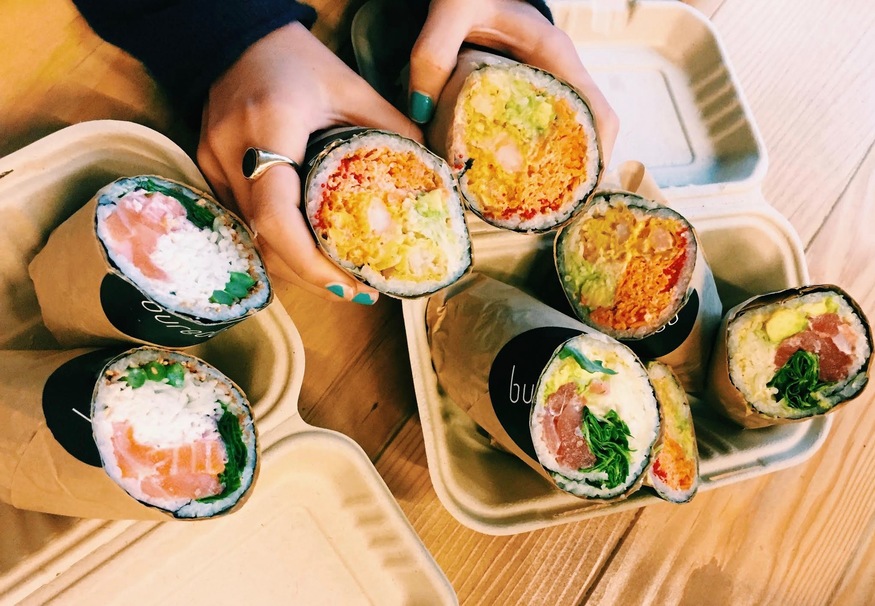
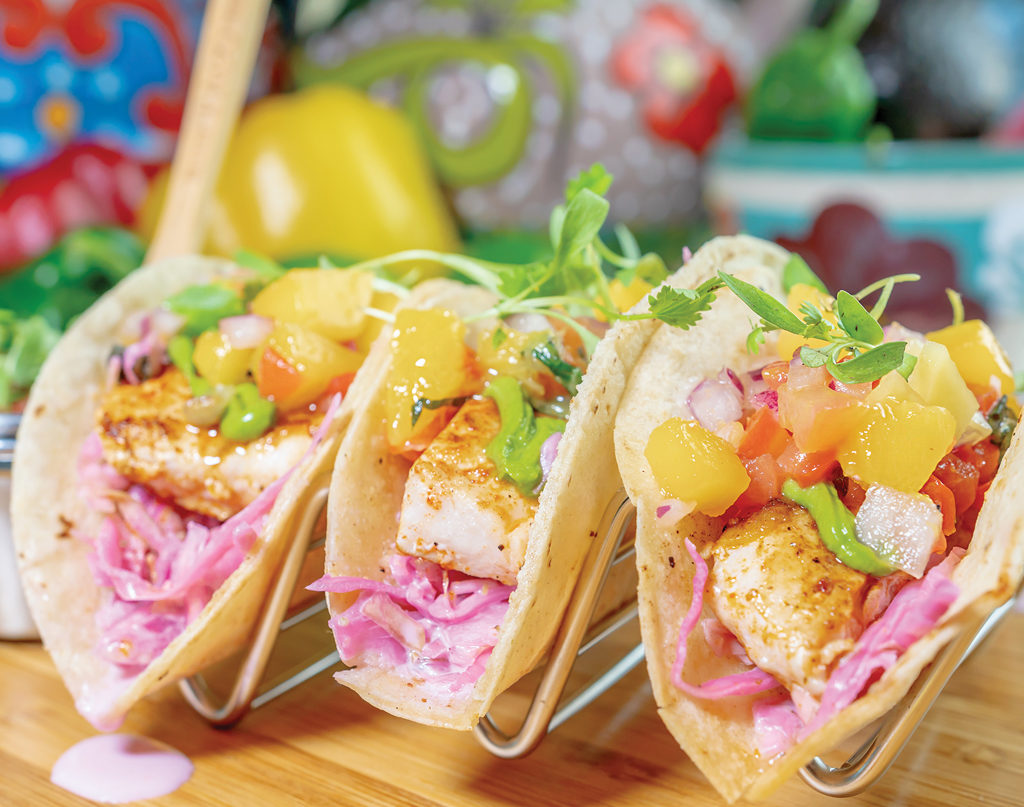
Famous Dances & Music
Pacific Islander dances and music hold a dual role in America. In the U.S. mainland (“lower 48”) and Alaska, they have been imported as a foreign, often exoticized culture. However, in Hawai’i and other Pacific islands controlled by America, they are simply a continuation of indigenous cultural practices. These dances include Hula and other Polynesian dances.
All across America, many people enjoy listening to J-pop and K-pop, Asian-American rappers like Junoflo, Rekstizzy, and Lazarus, and various genres of music from across Asia, regardless of whether they themselves are Asian American or not. And of course, like any demographic, Asian-Americans have a wide variety of musical tastes and interests, depending on factors such as cultural ties to a previous homeland, interest in mainstream pop artists, or fascination with a different foreign or regional culture.
There has been a recent social media trend encouraging Americans to try belly dancing or “Bollywood” dancing as a weight loss routine. Dancing is effective and fun cardio, so it may become a popular trend!
Famous Sports & Health Practices
In America, many people enjoy sports and health practices with various Asian origins, such as meditation, yoga, tai chi and other forms of kung fu, judo, jujutsu, karate, taekwondo, krav maga, and other martial arts. In fact, they are so popular among certain European Americans that other European Americans sometimes make fun of them for turning their practice into almost a religion. It is sometimes unclear whether this mockery stems from a rejection of these practices as “foreign” or from a concern about cultural appropriation and obsessive behavior. On the bright side, many Americans benefit from these useful practices!

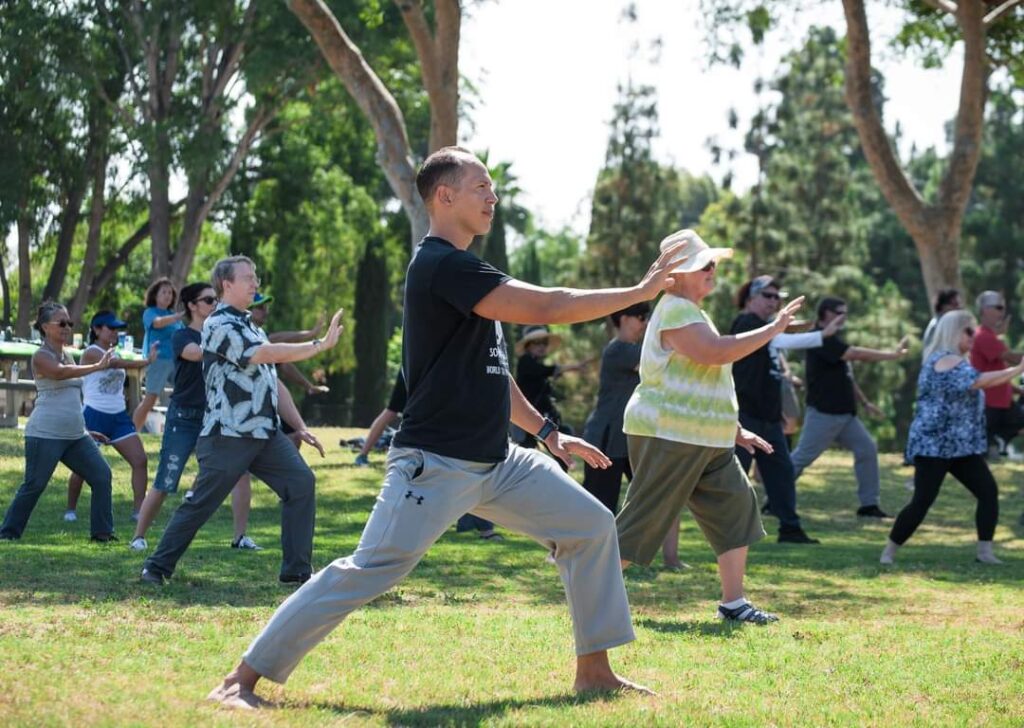
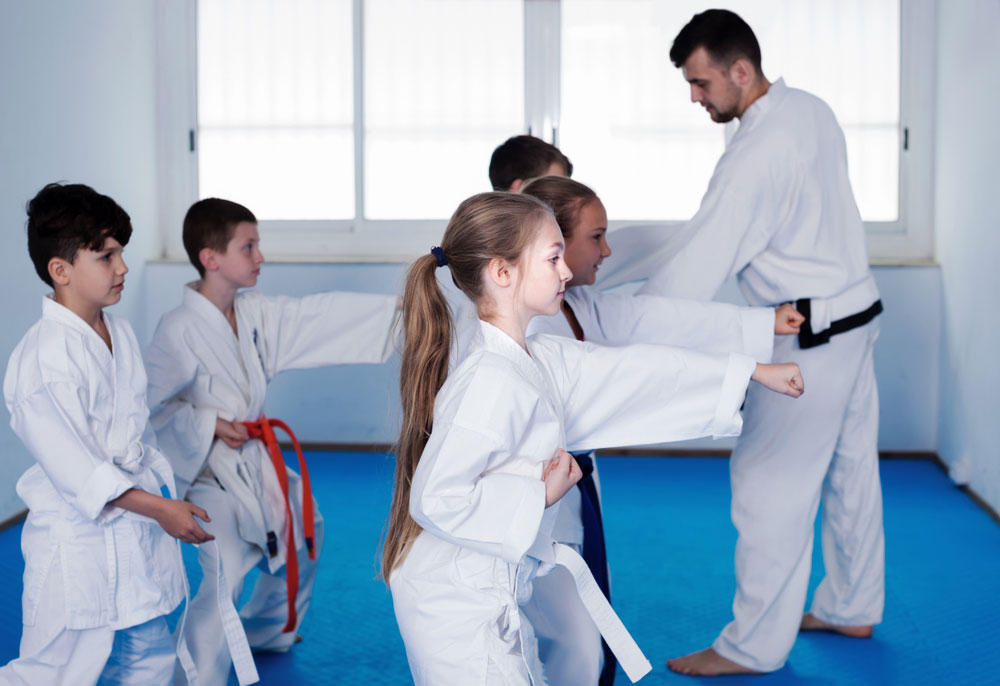

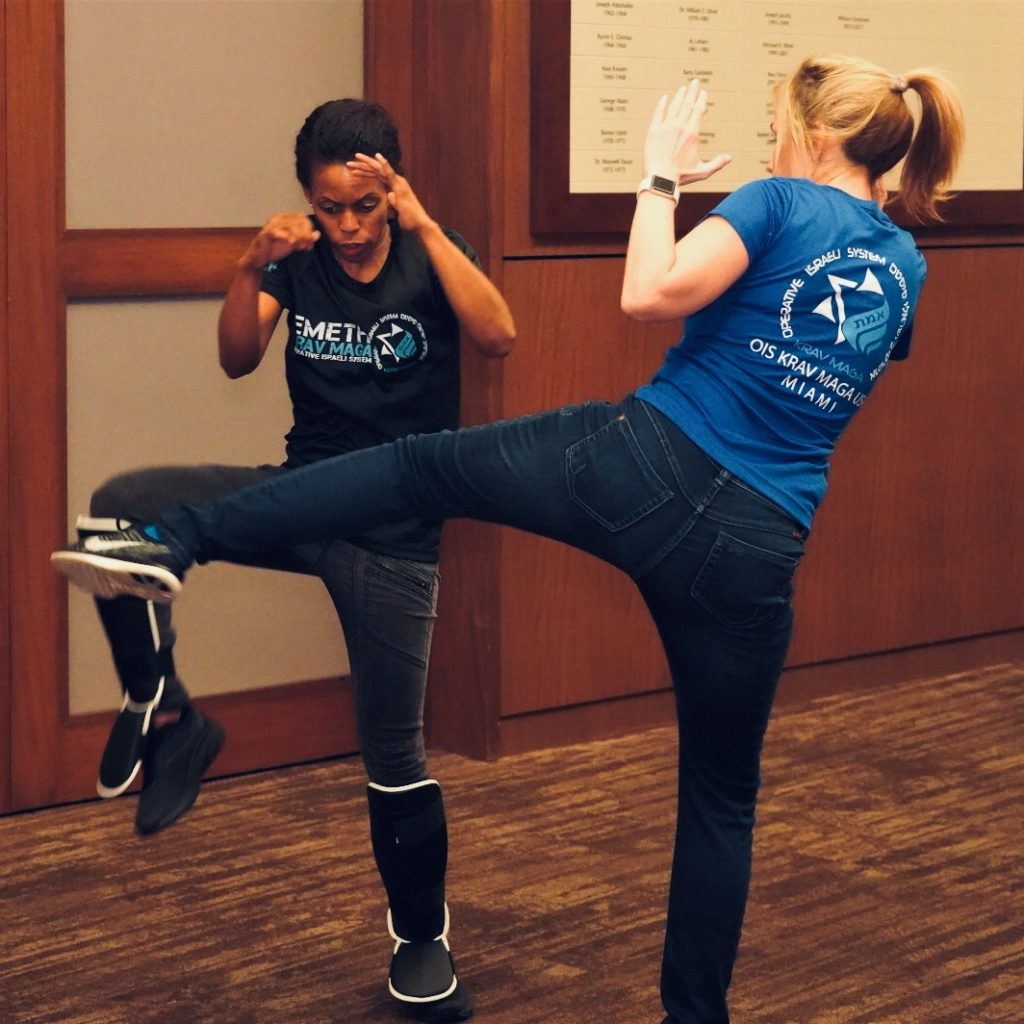
To learn more about individual holidays this month, please check last year’s post: May: A Month of Celebrations! In addition, the two religious holiday Eid al Fitr and Ascension Day are in May this year.
